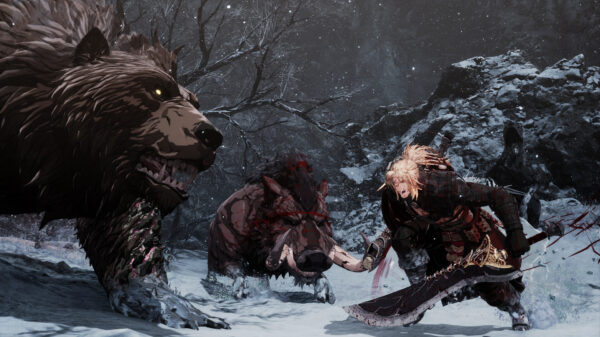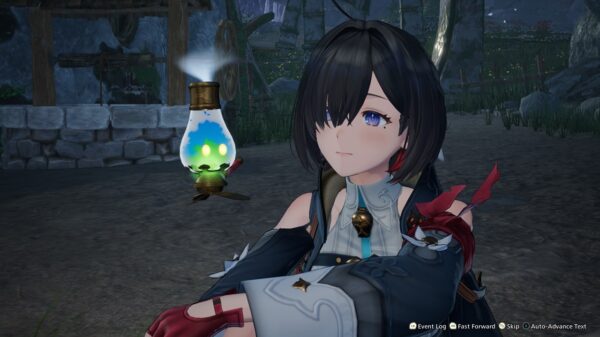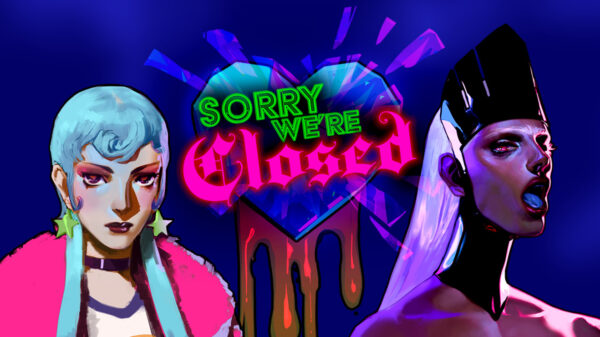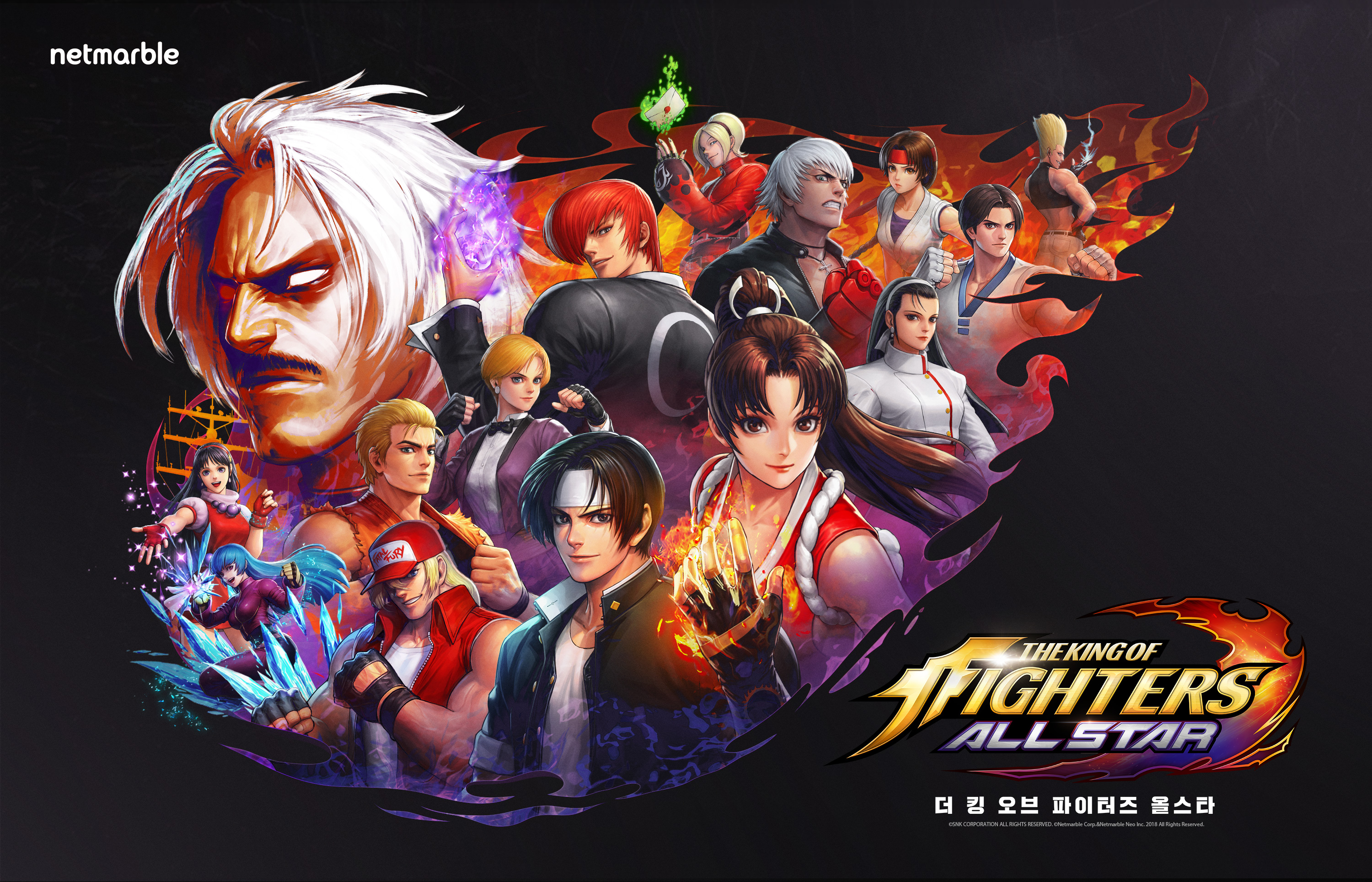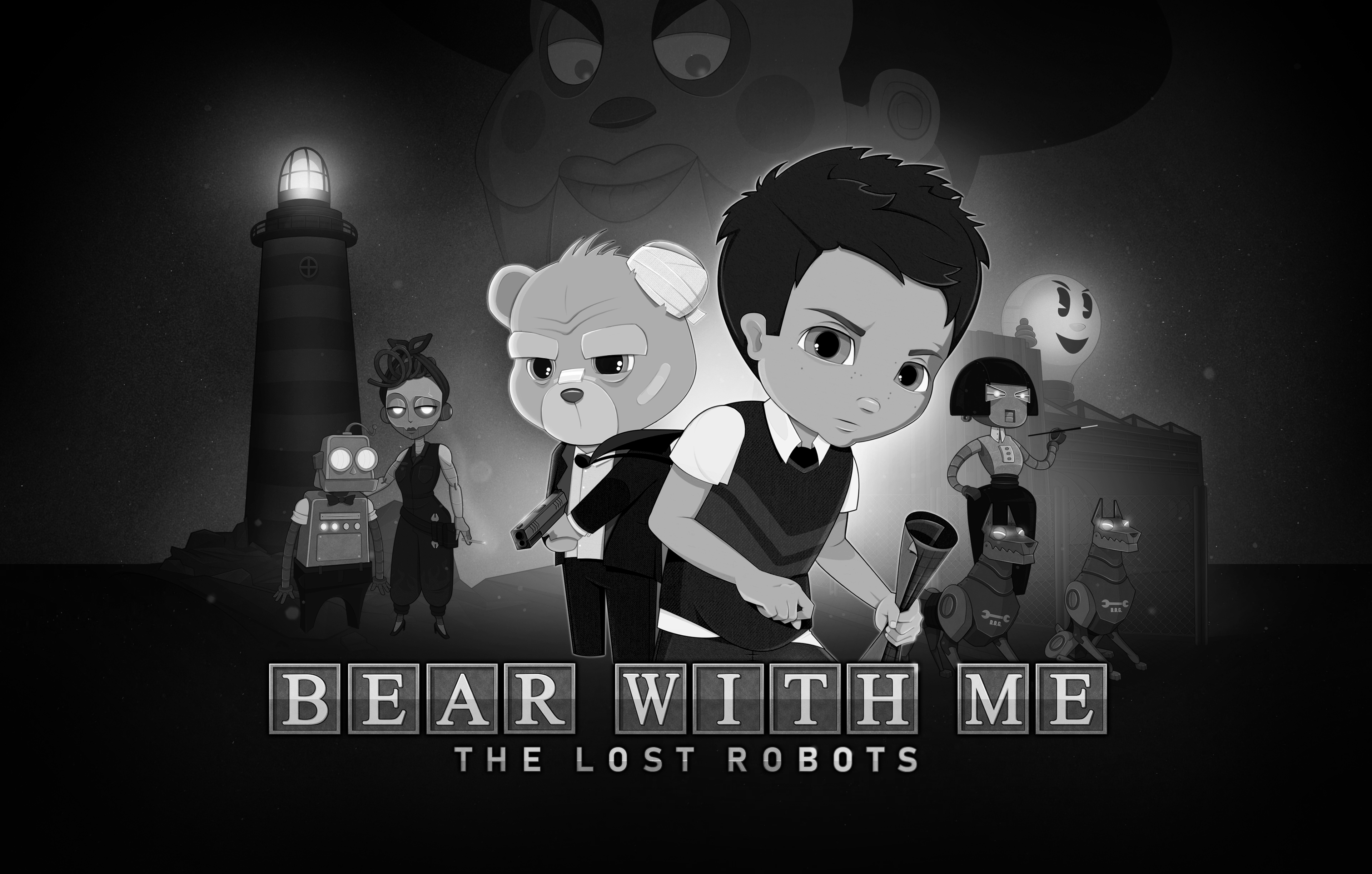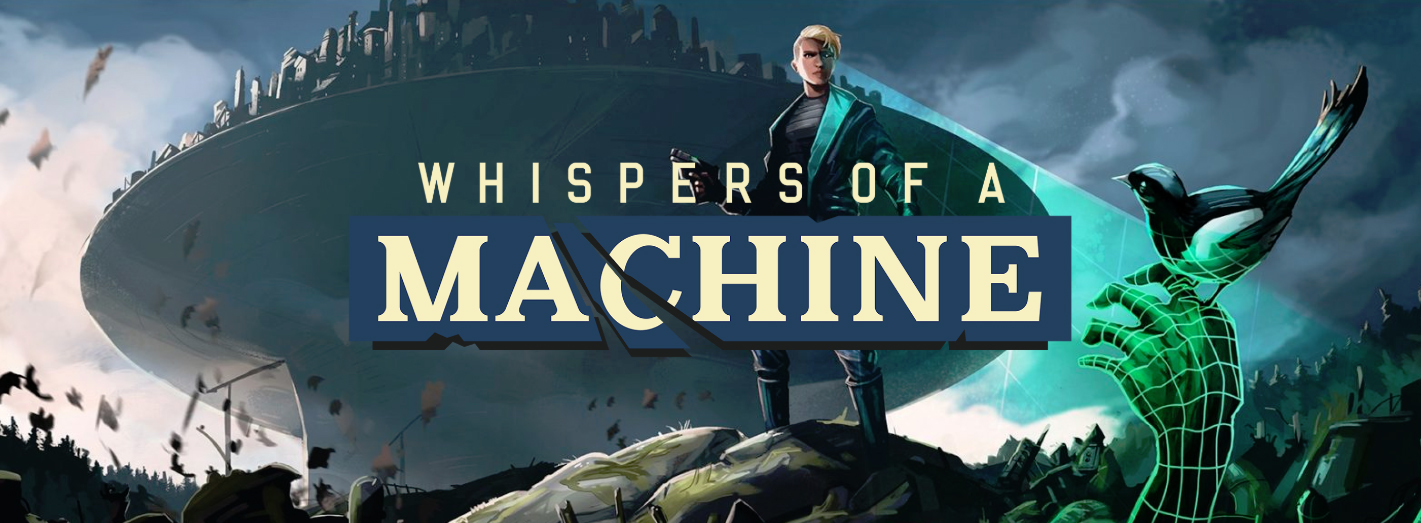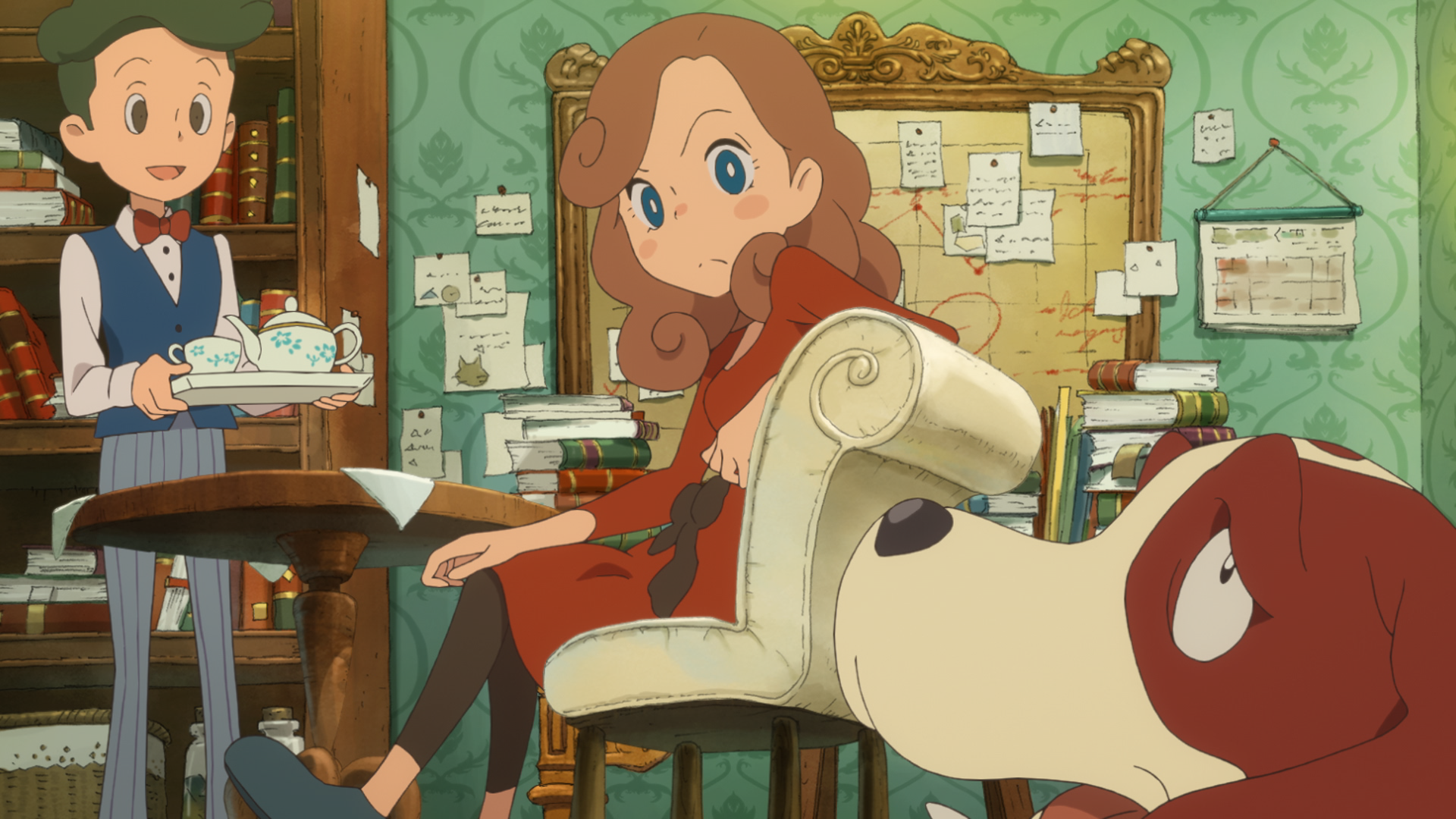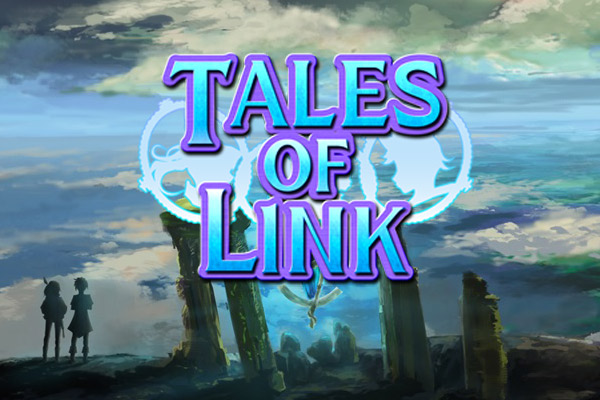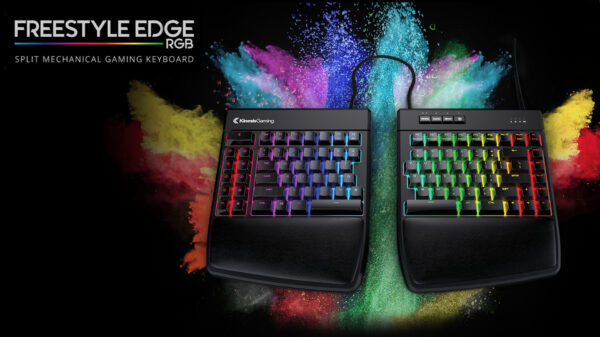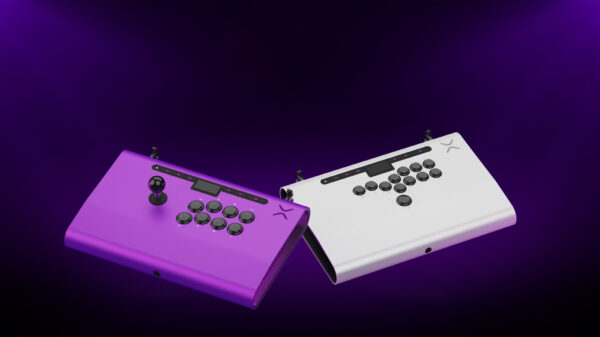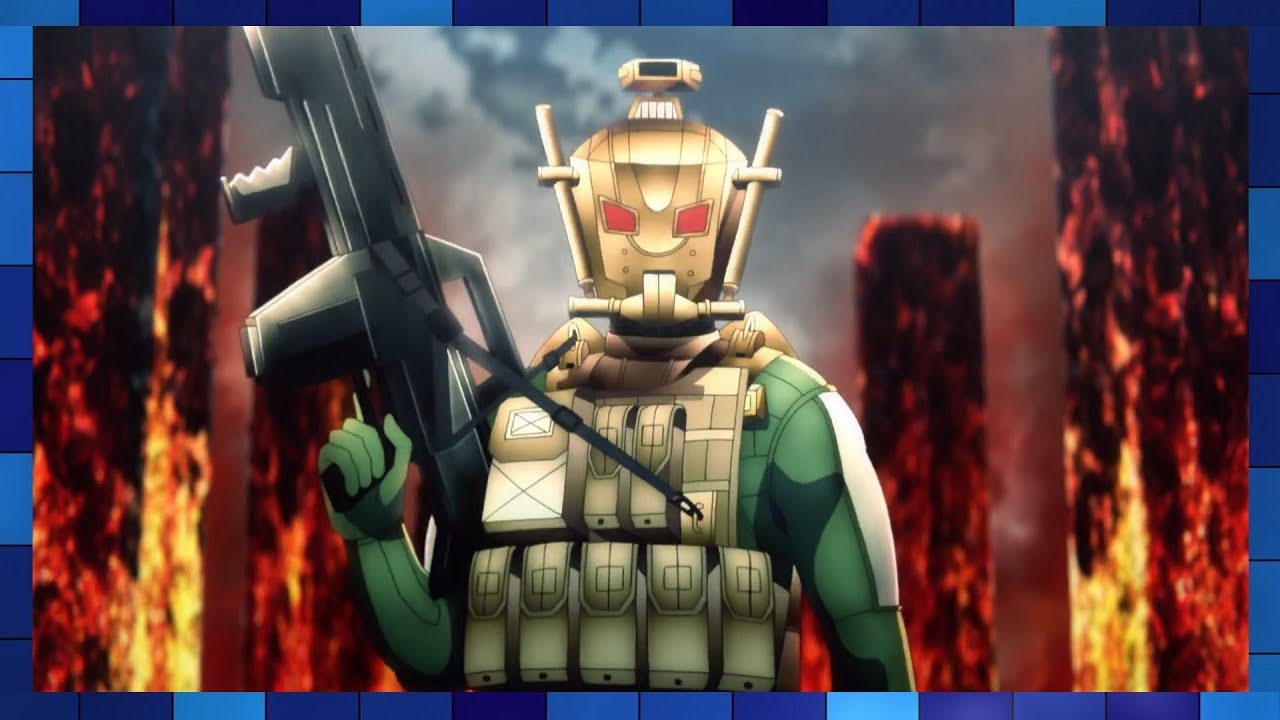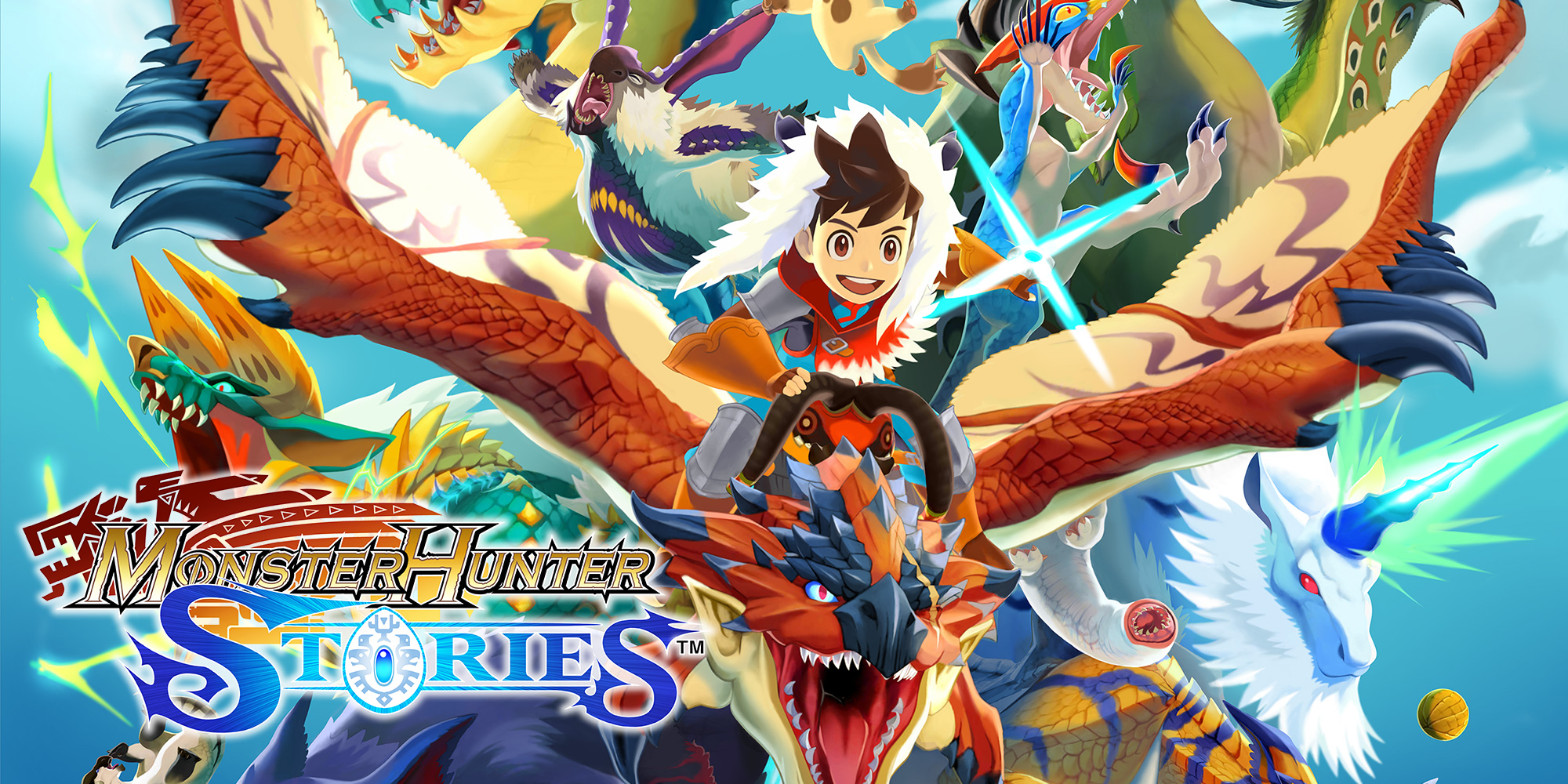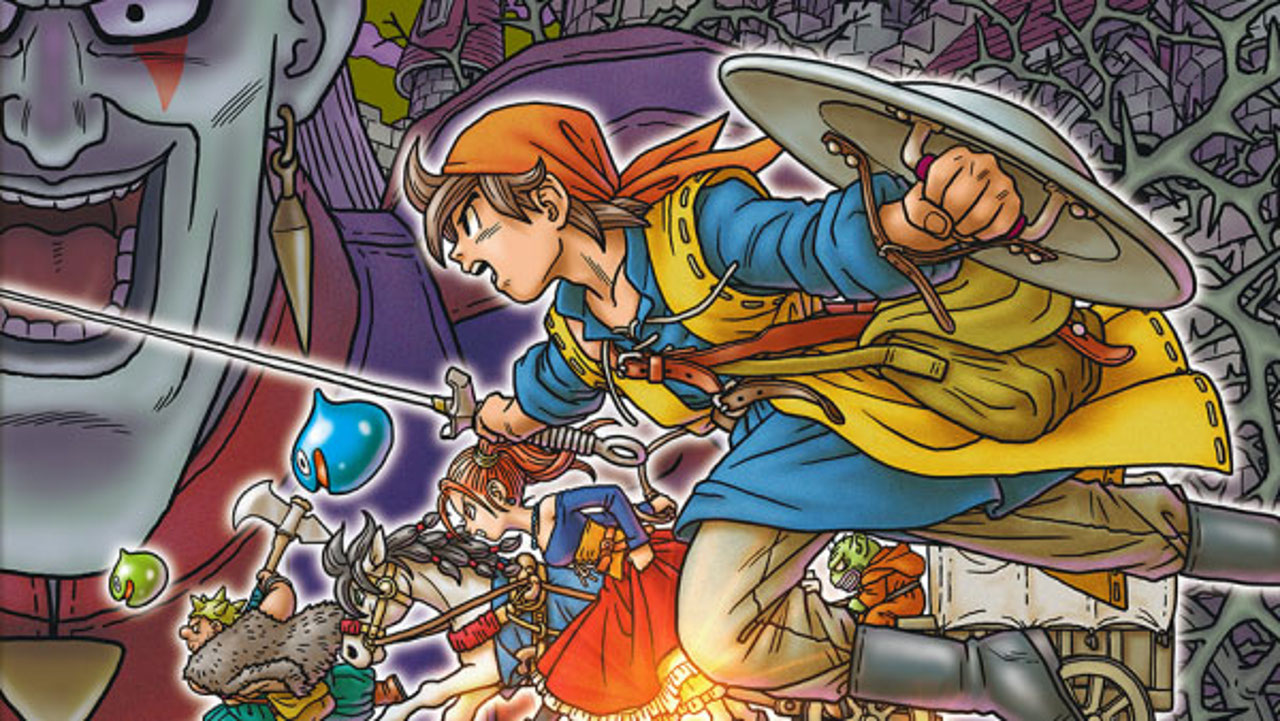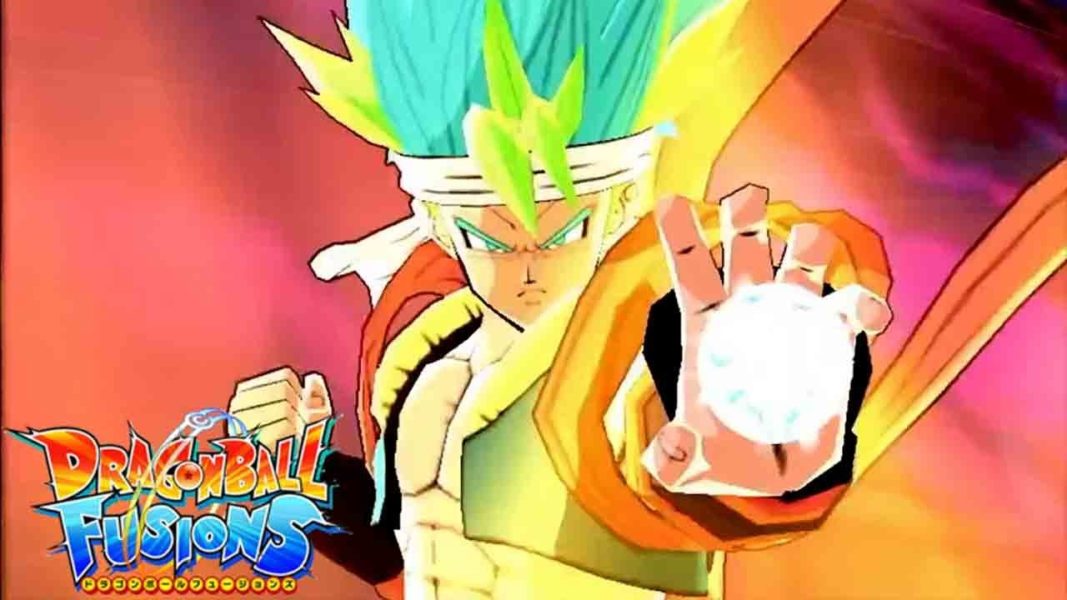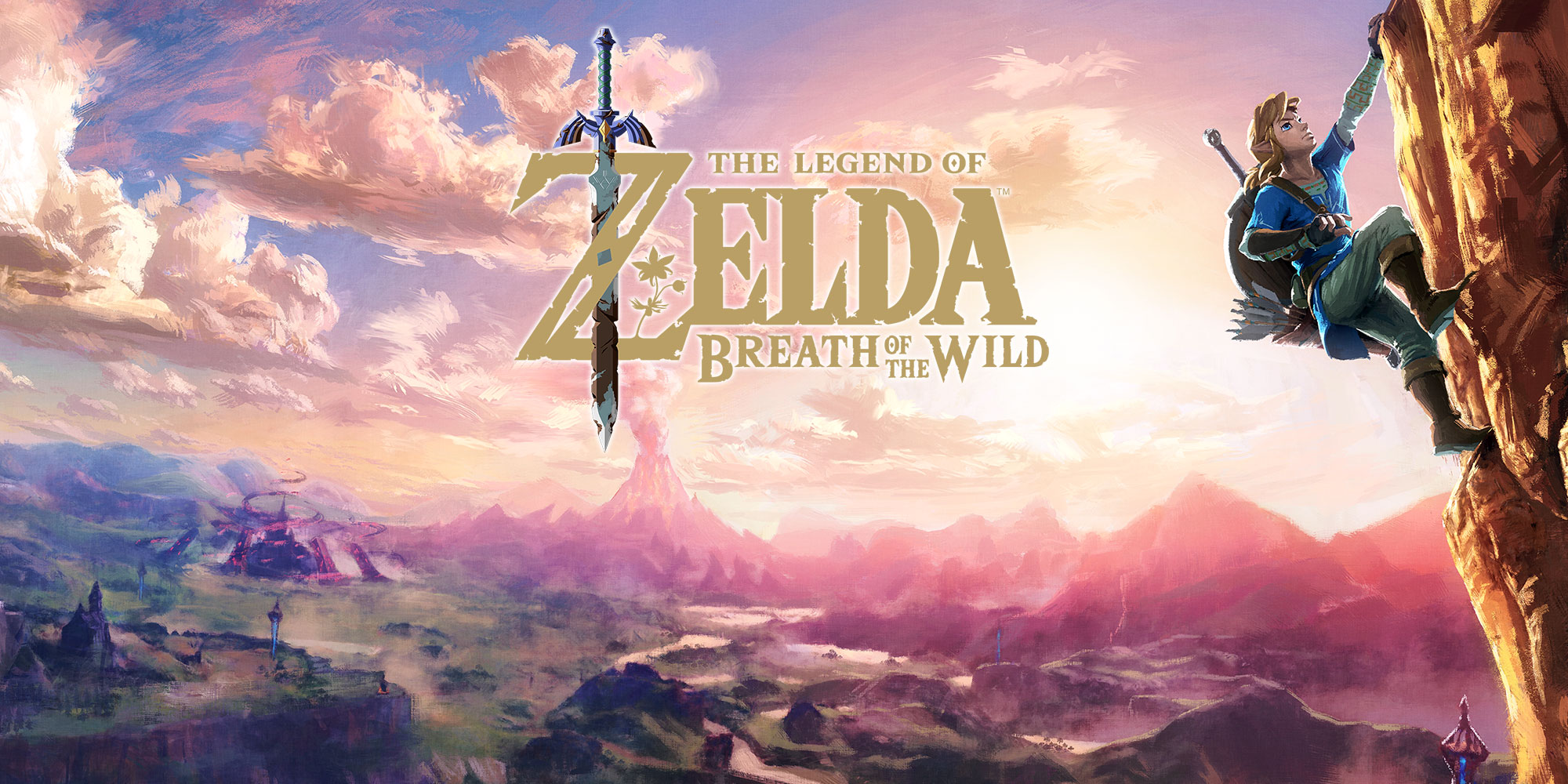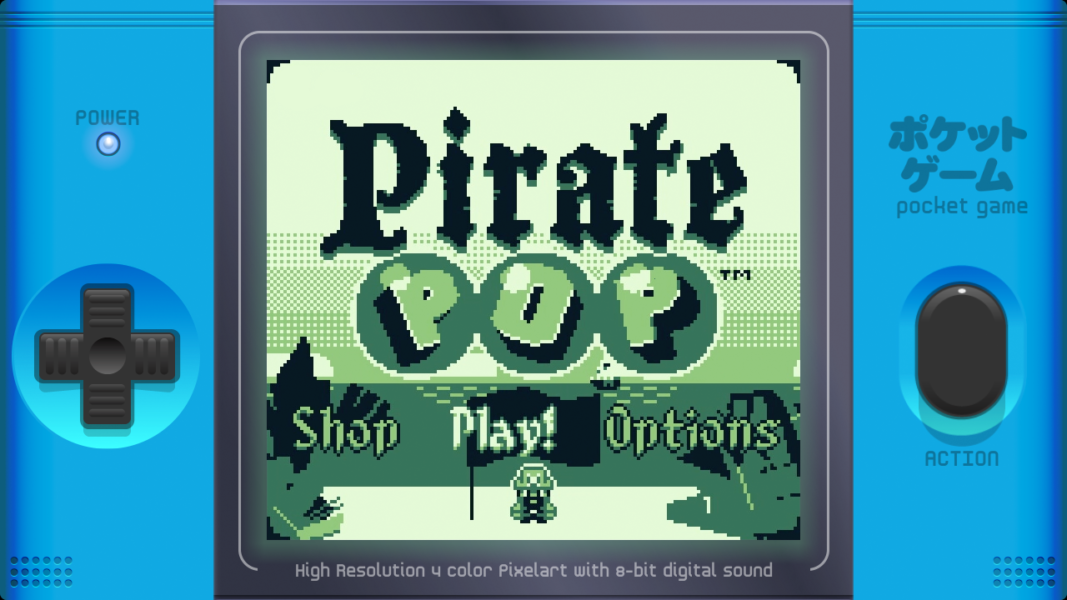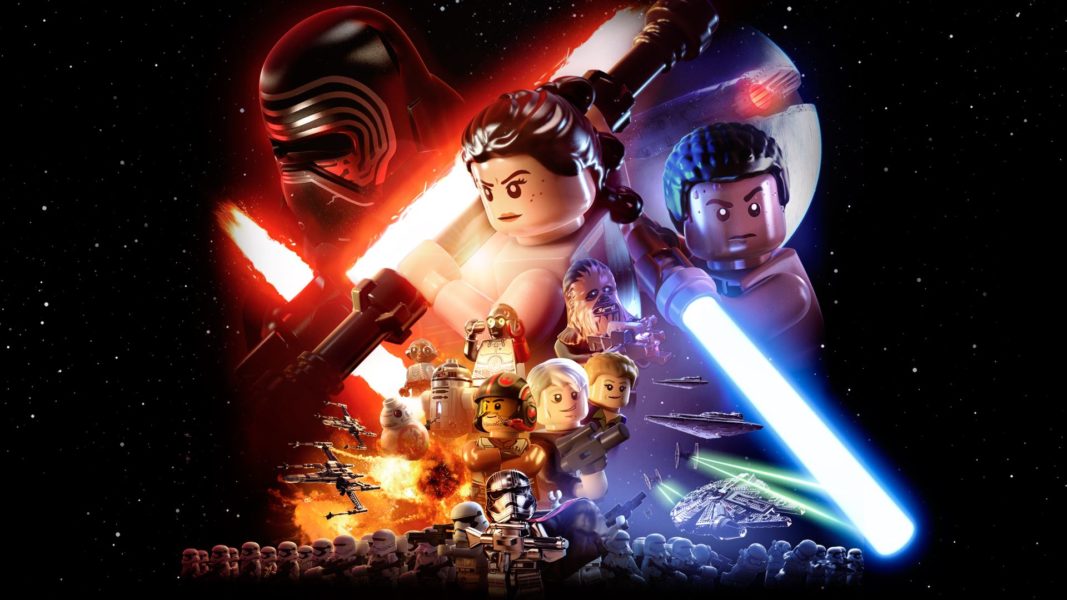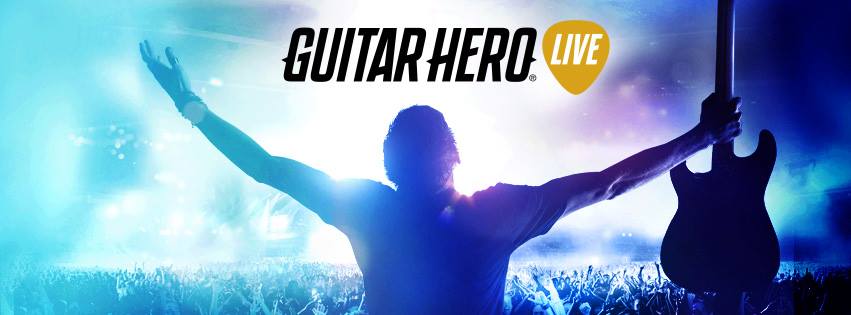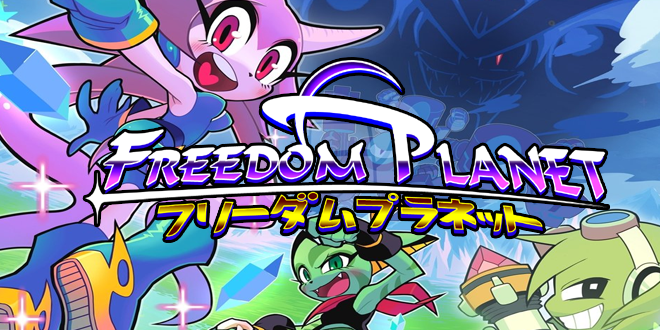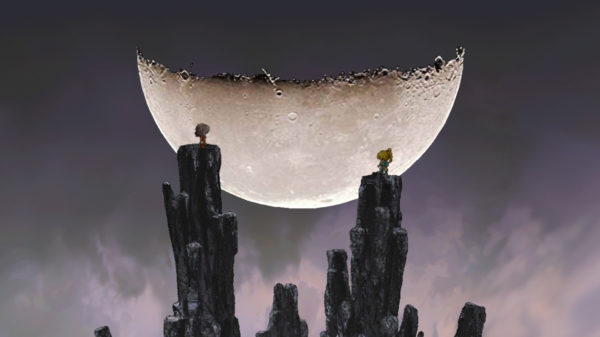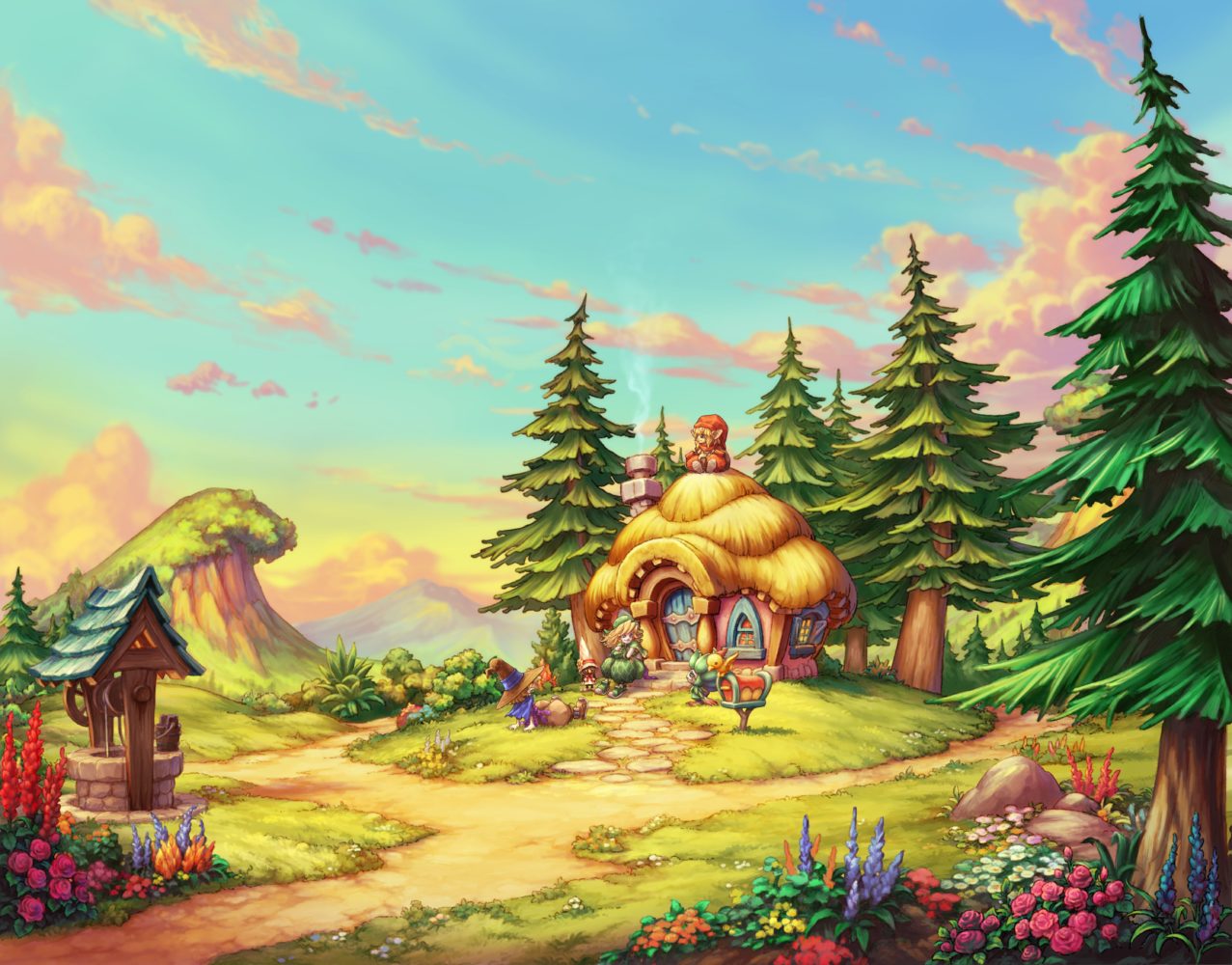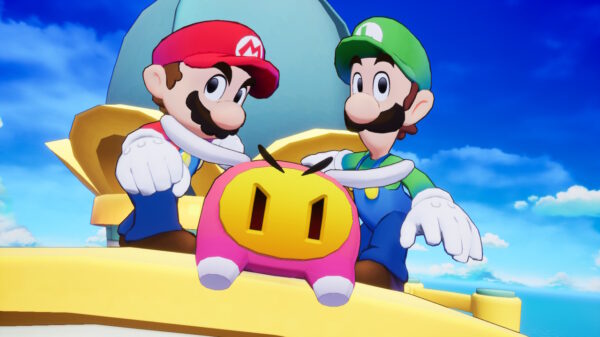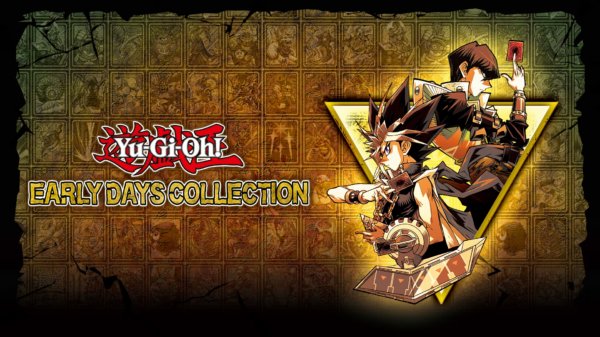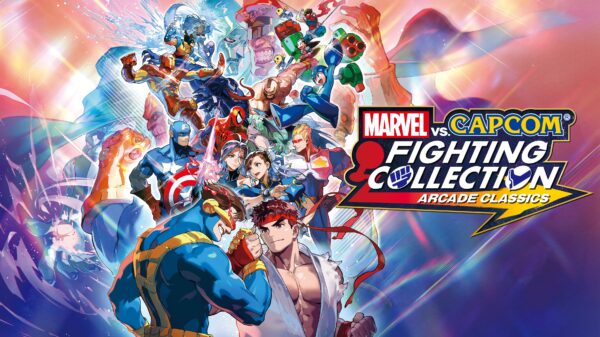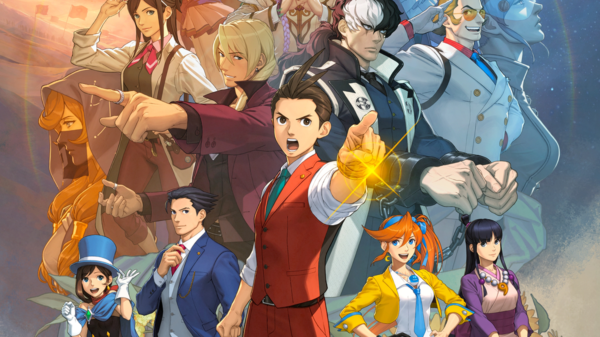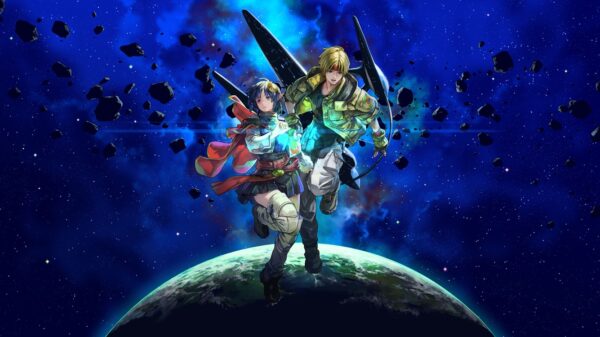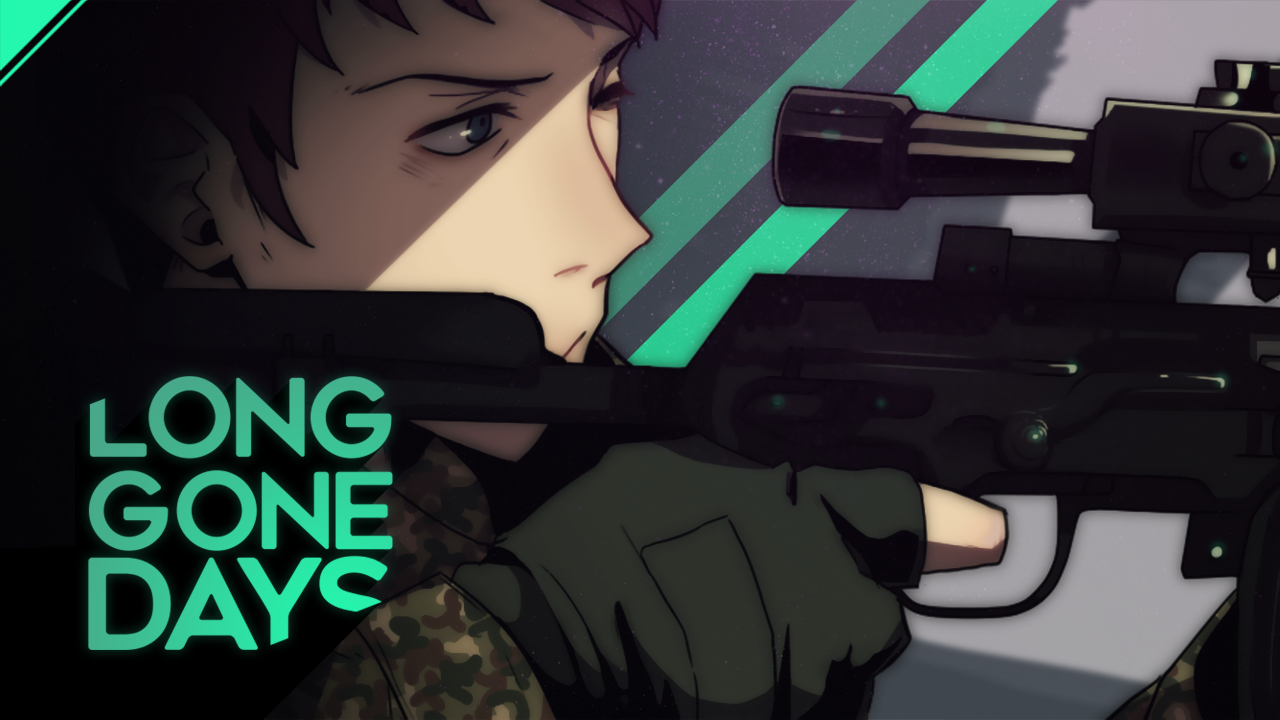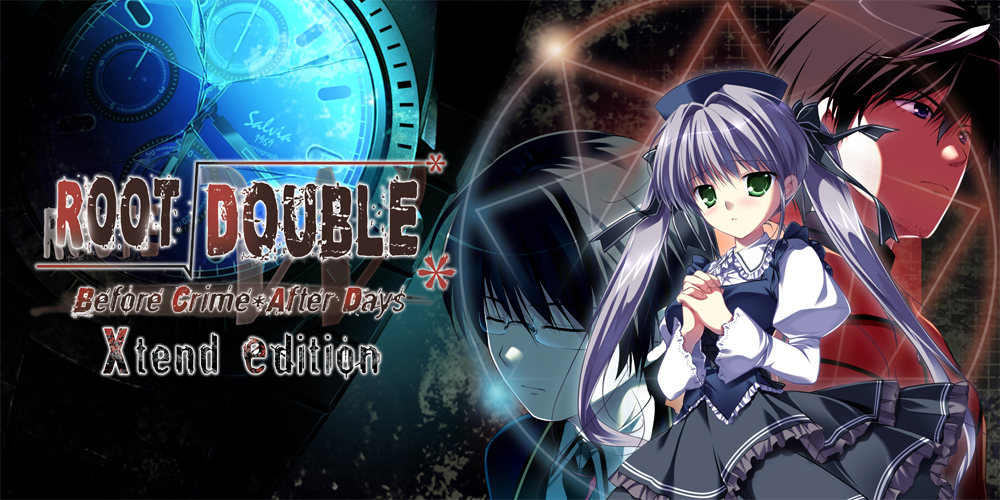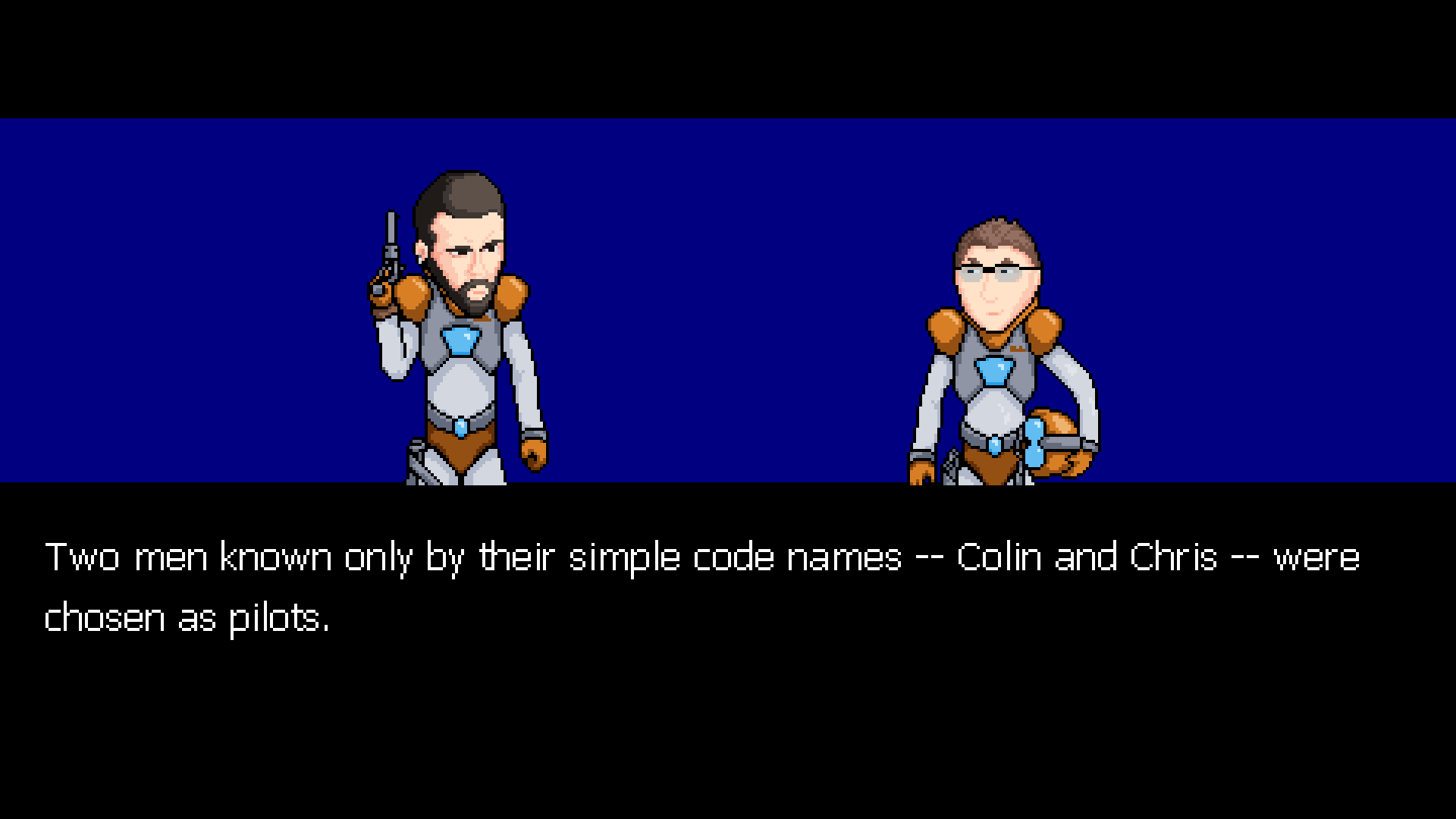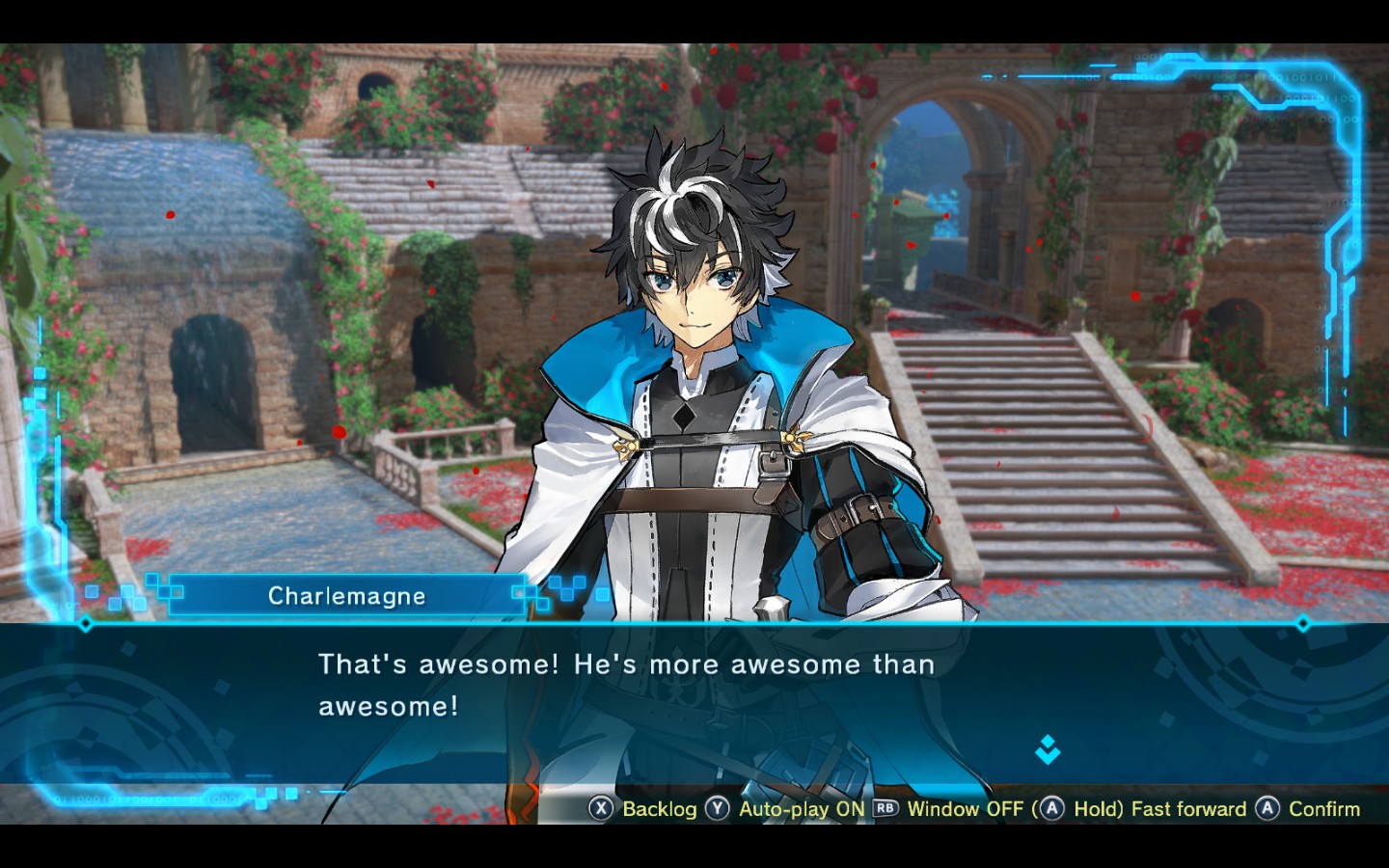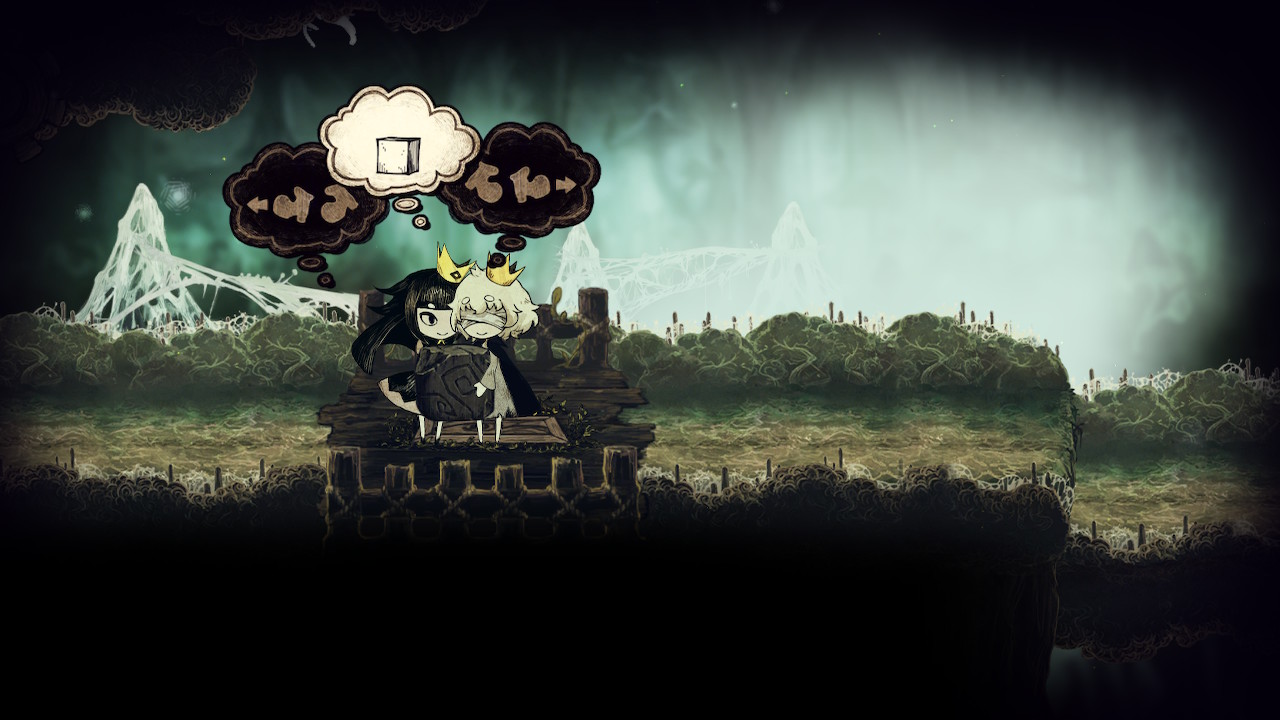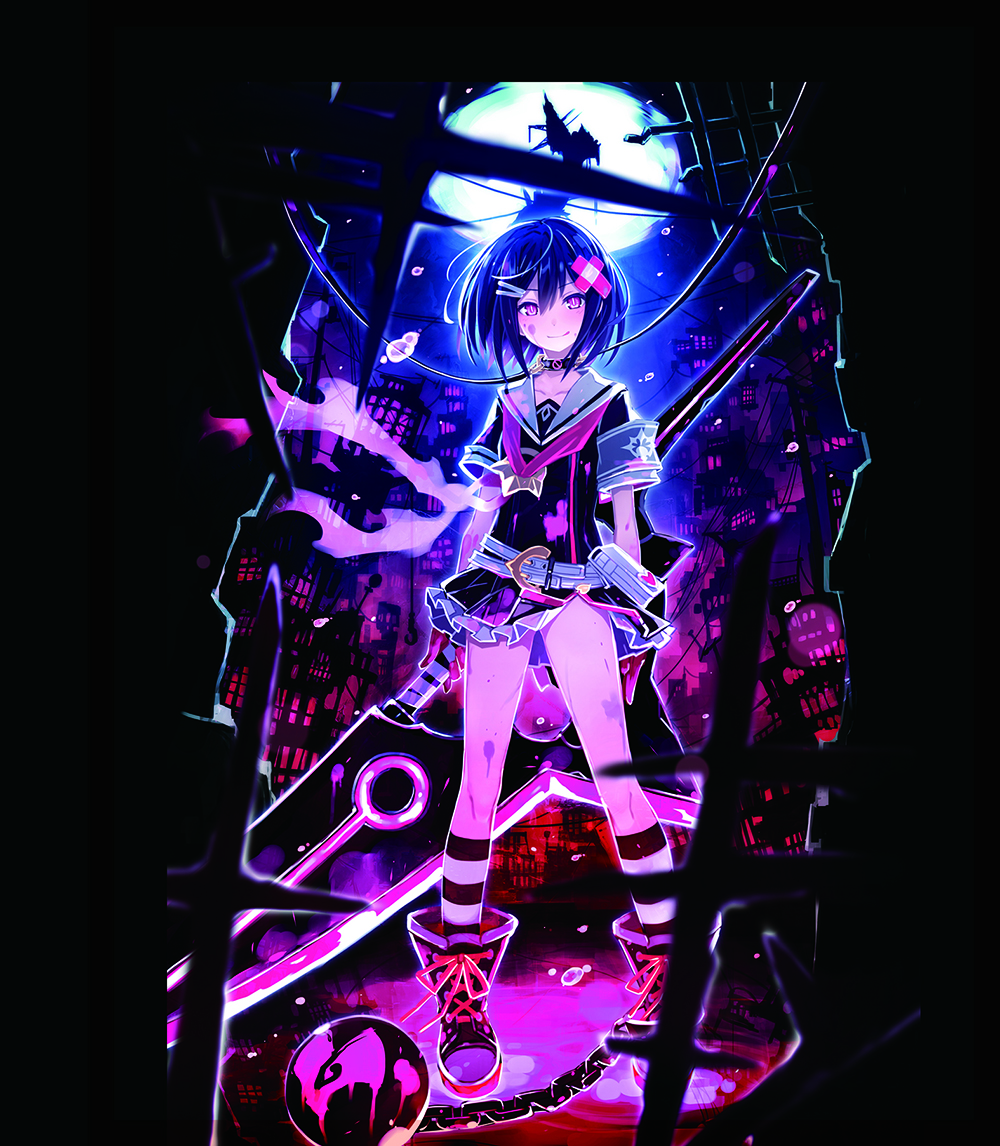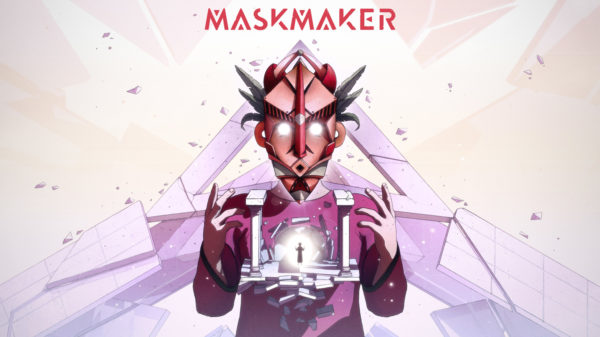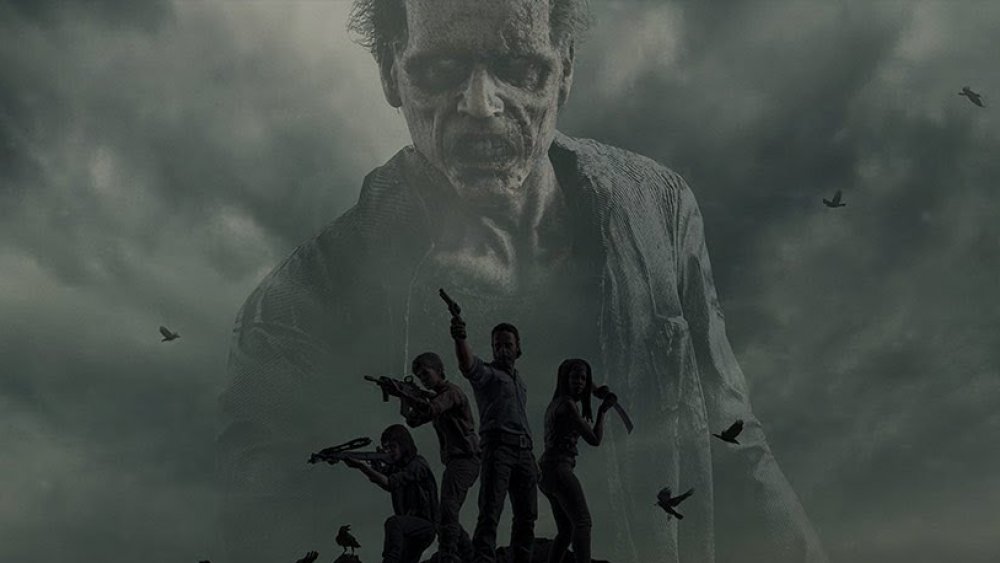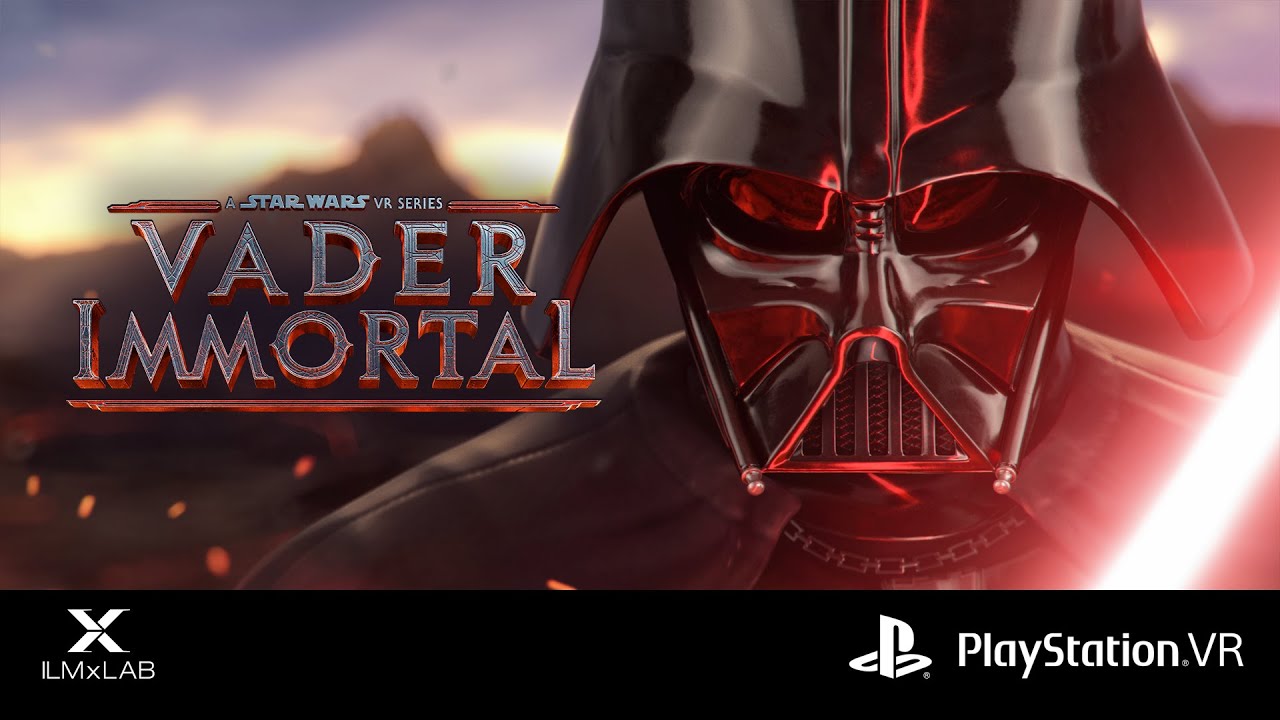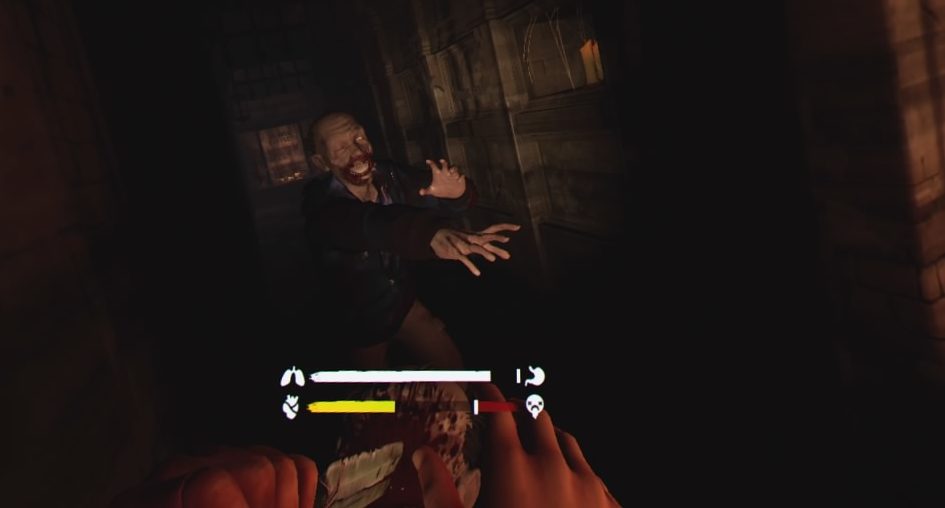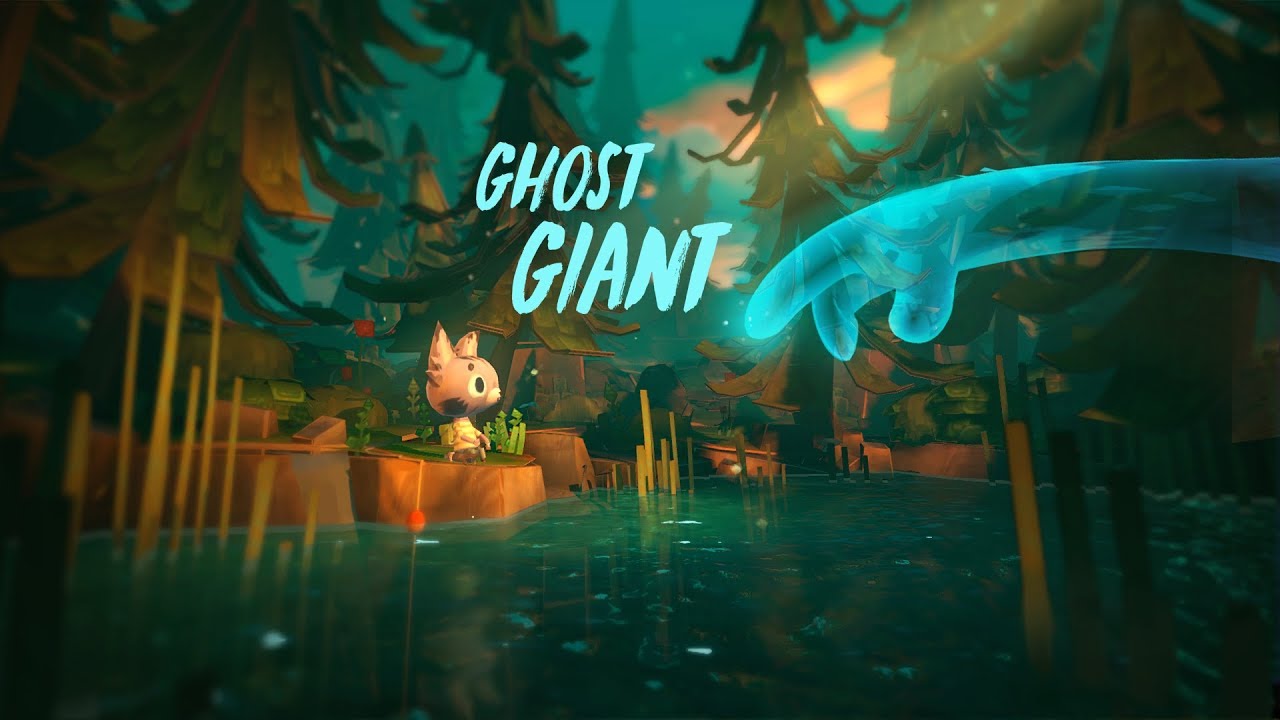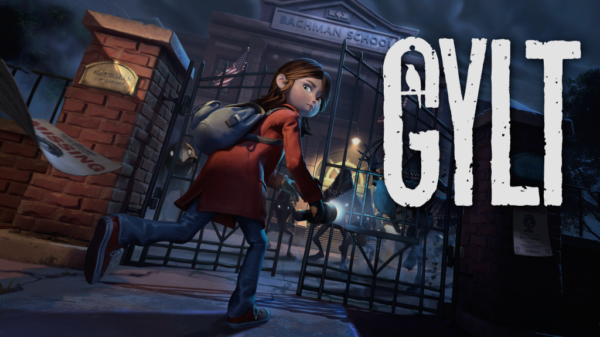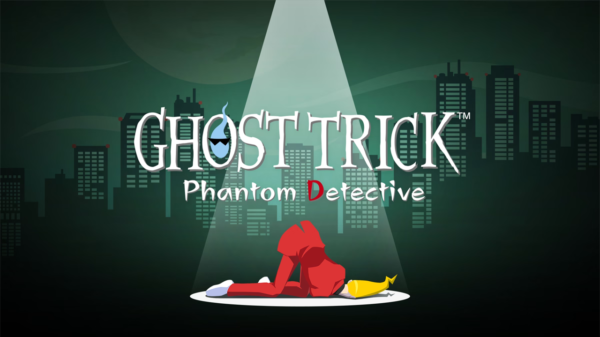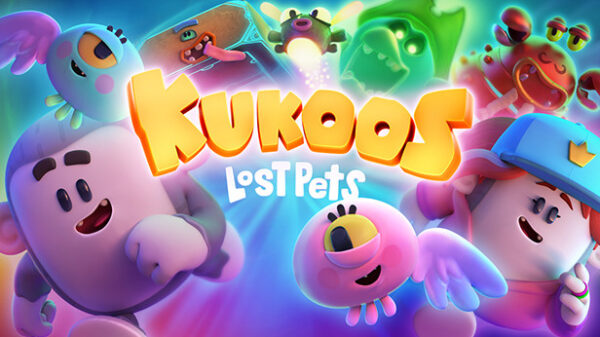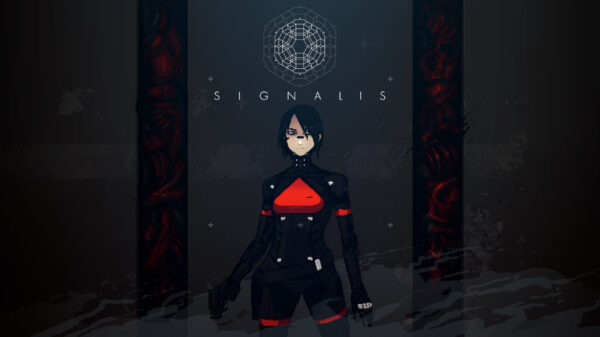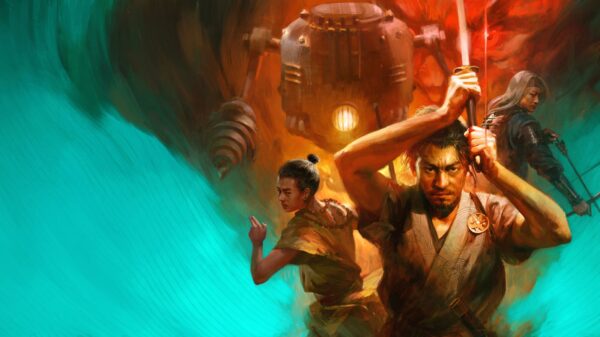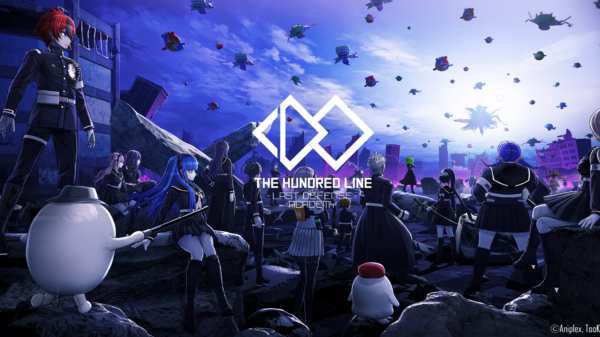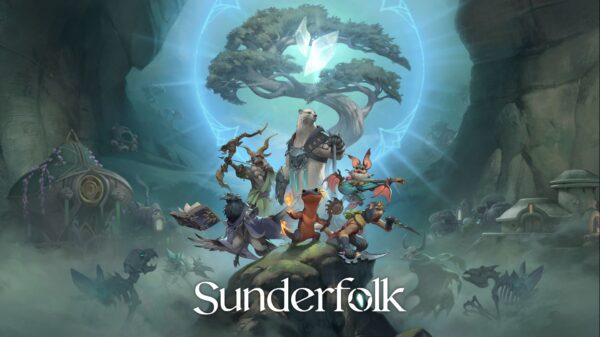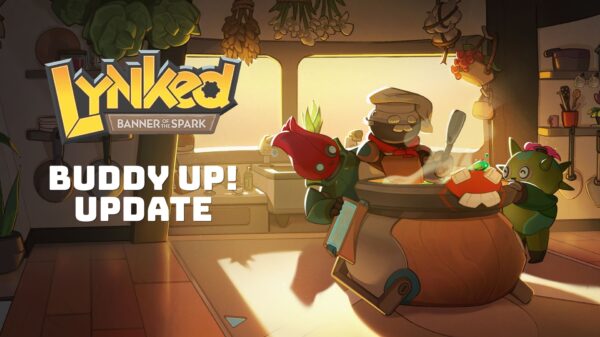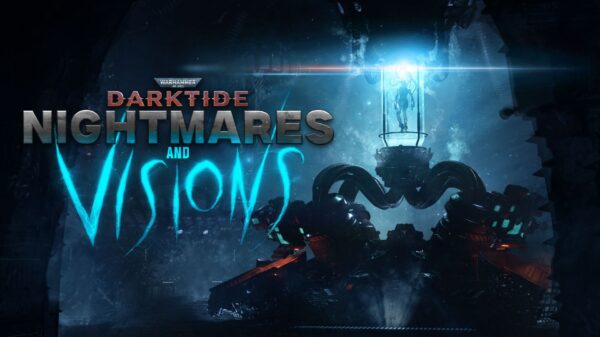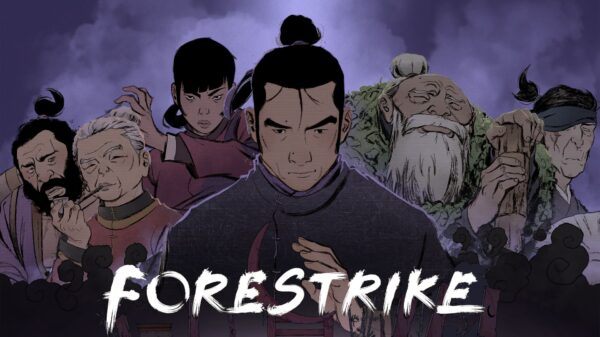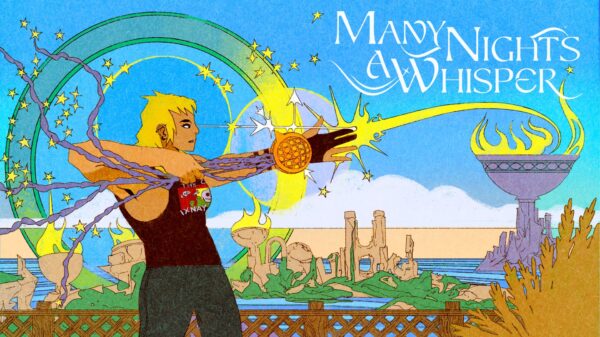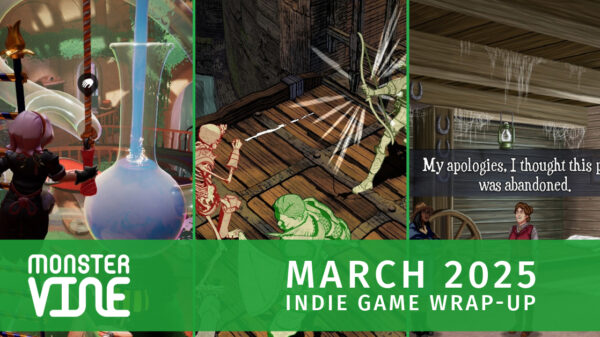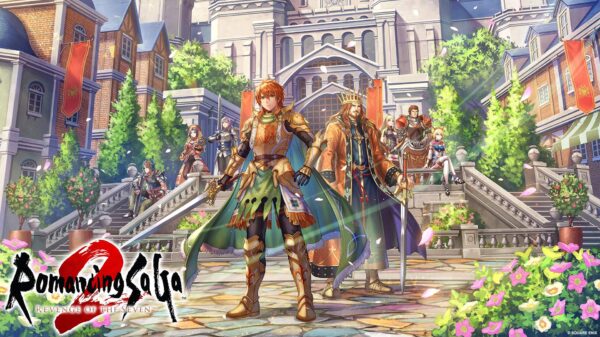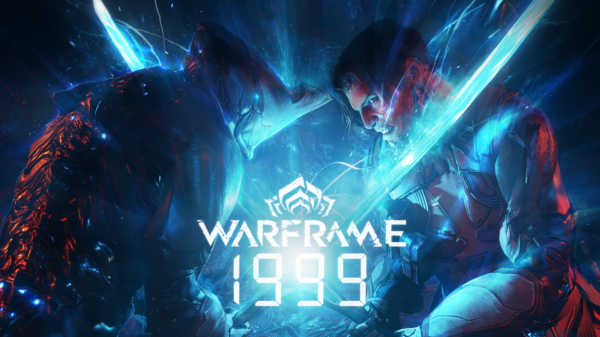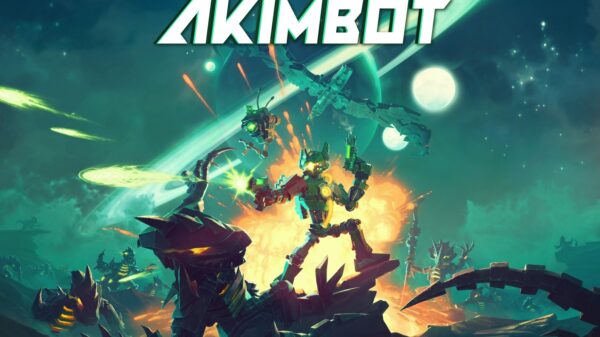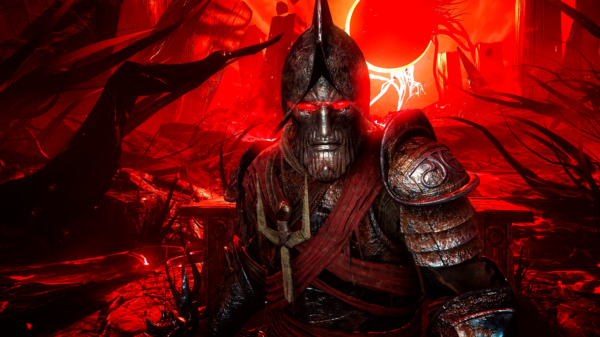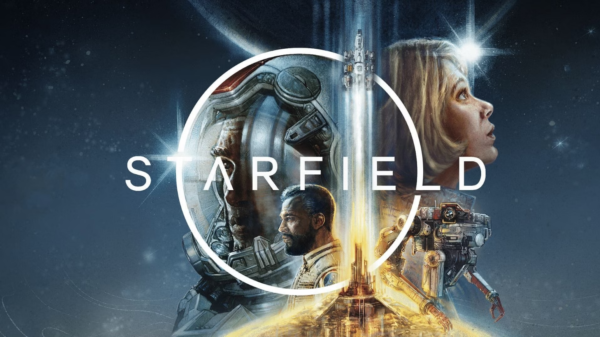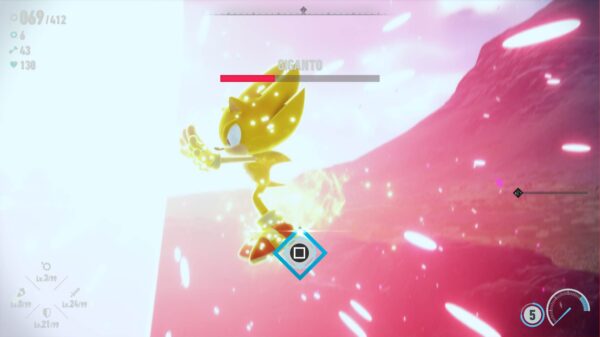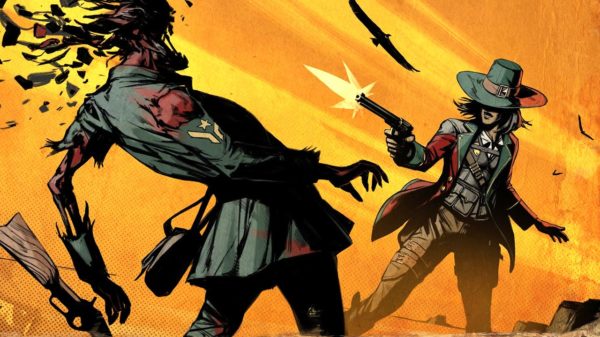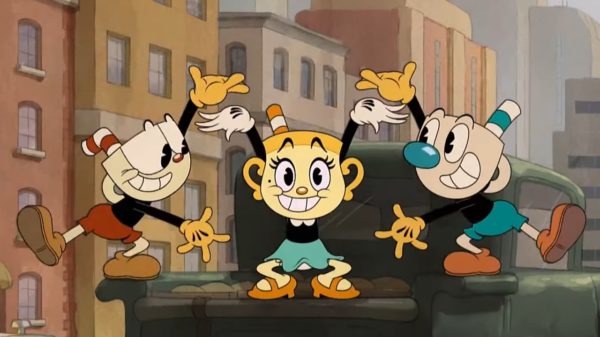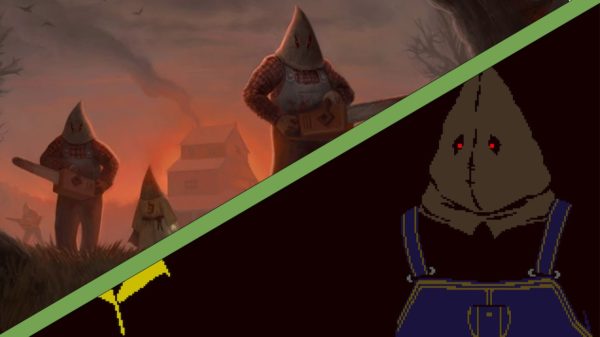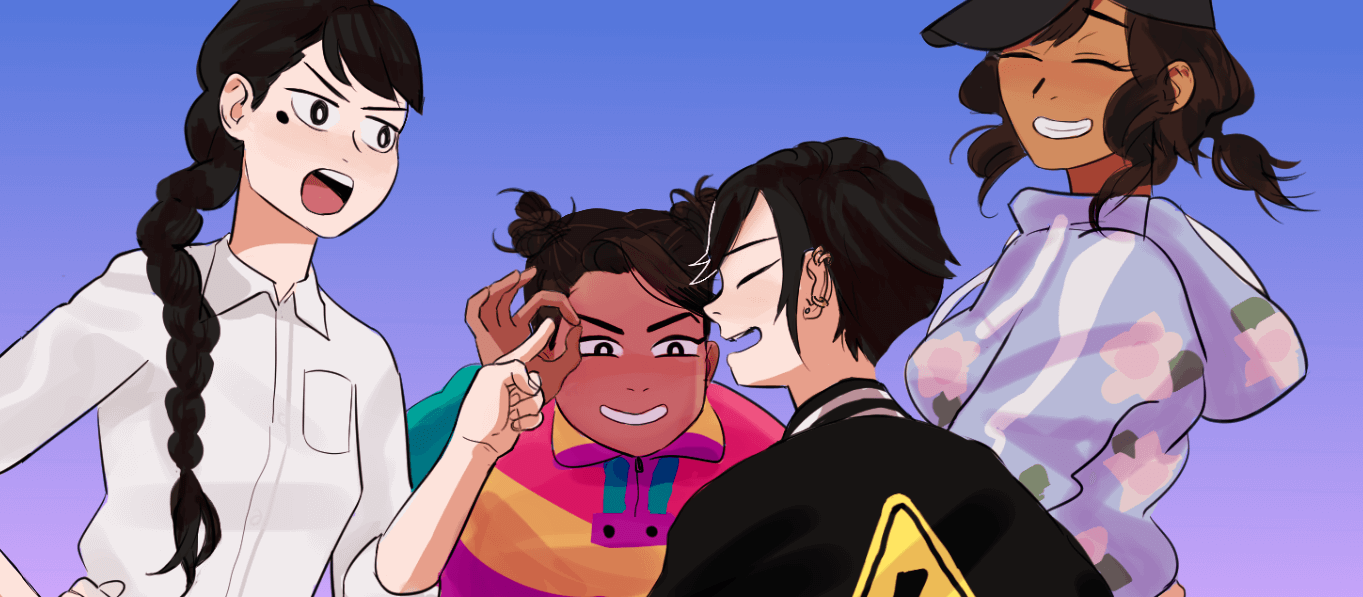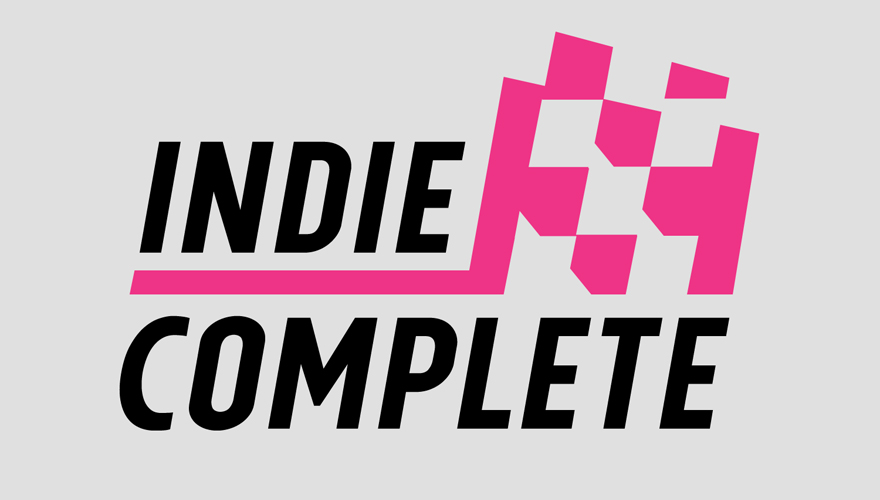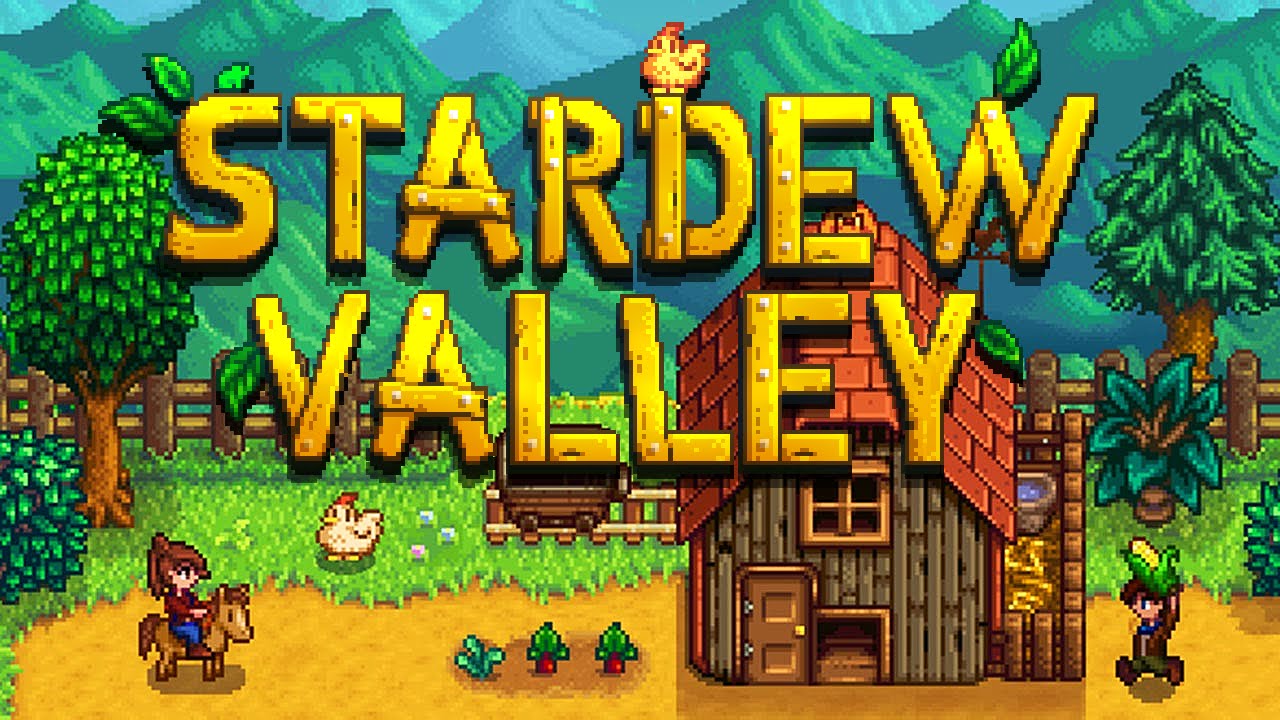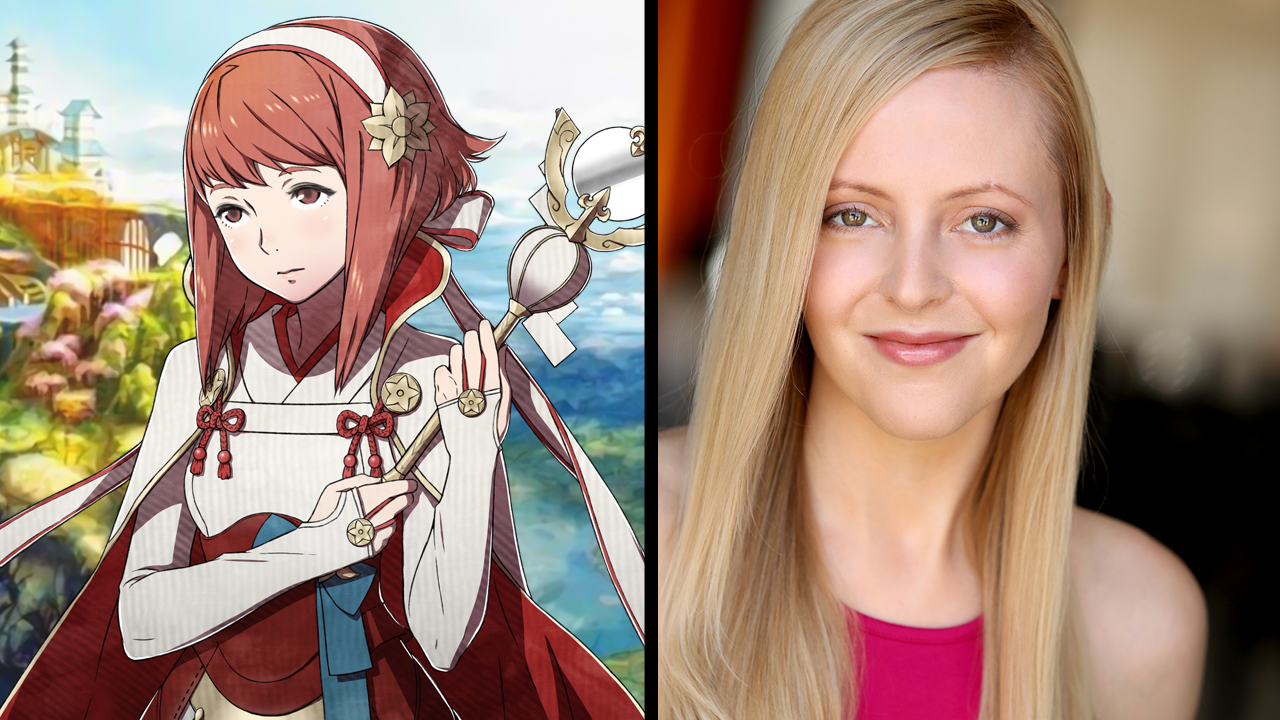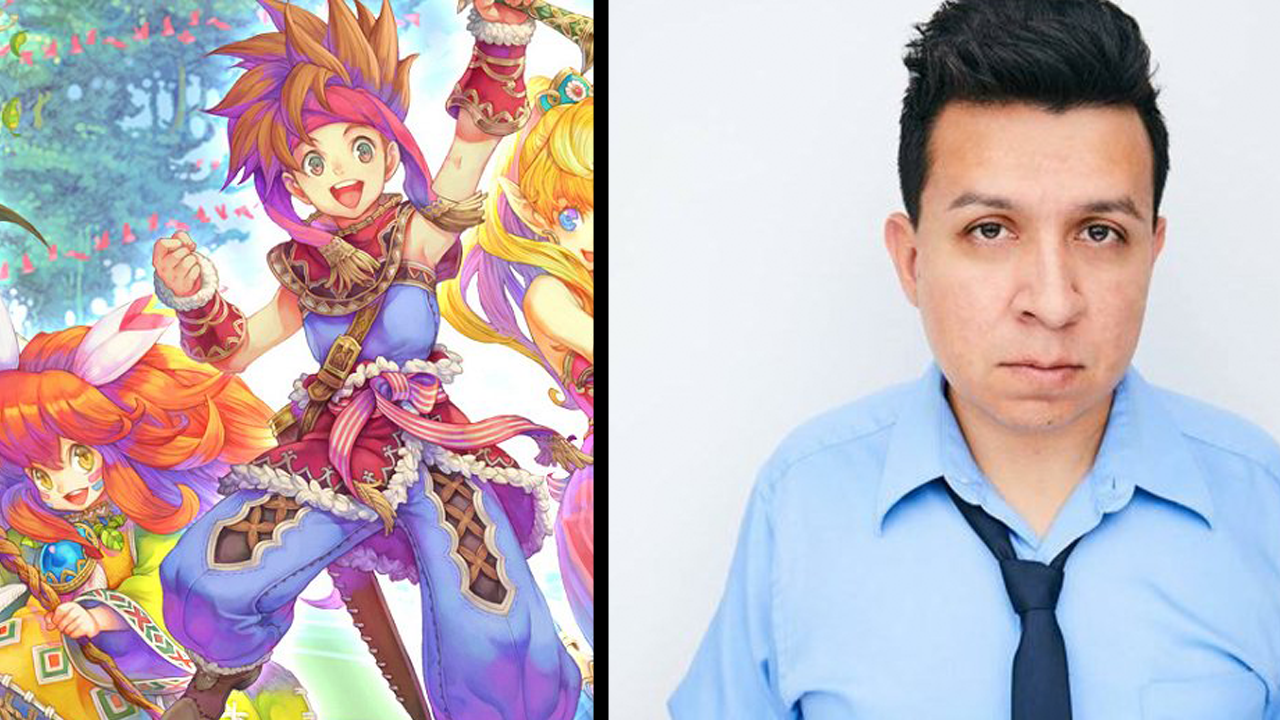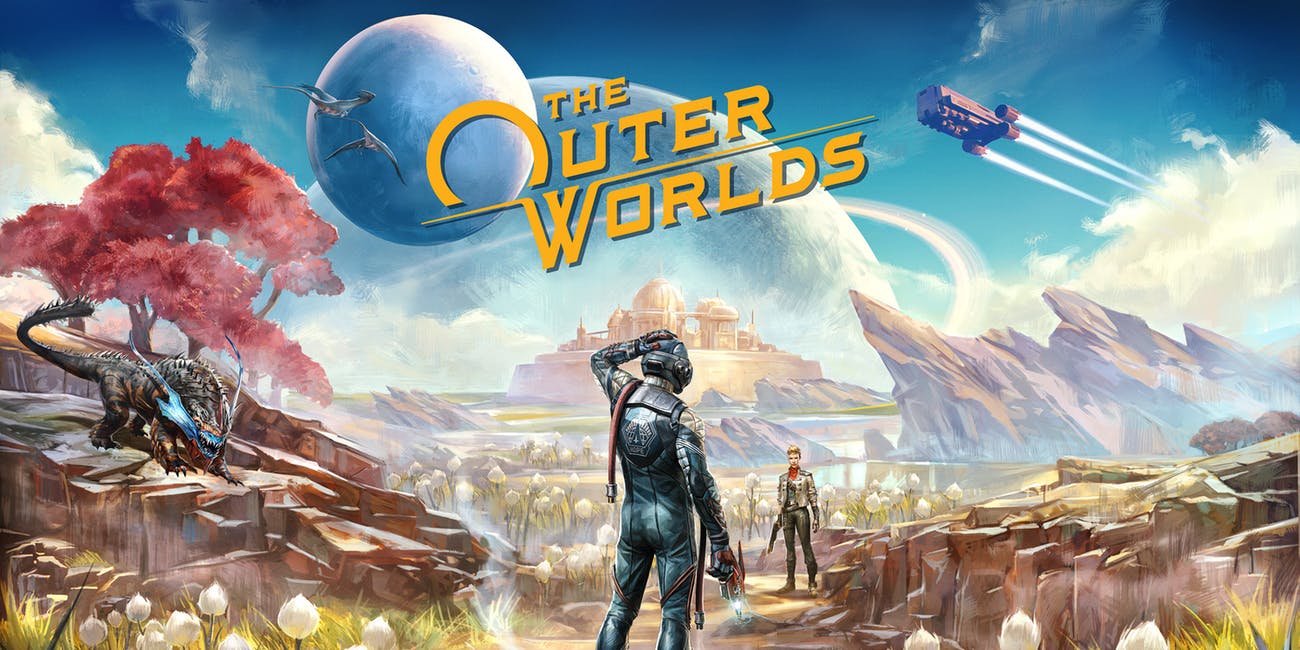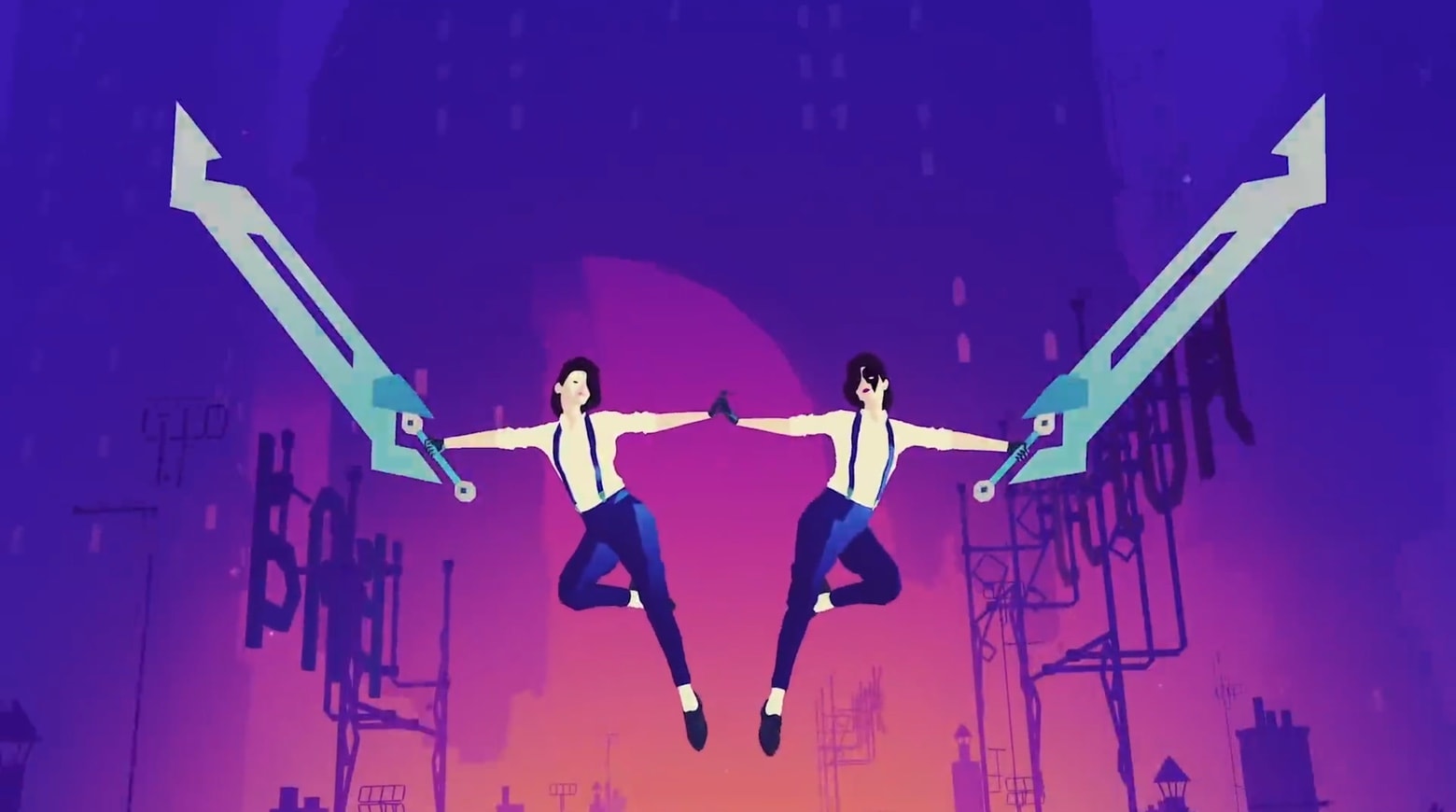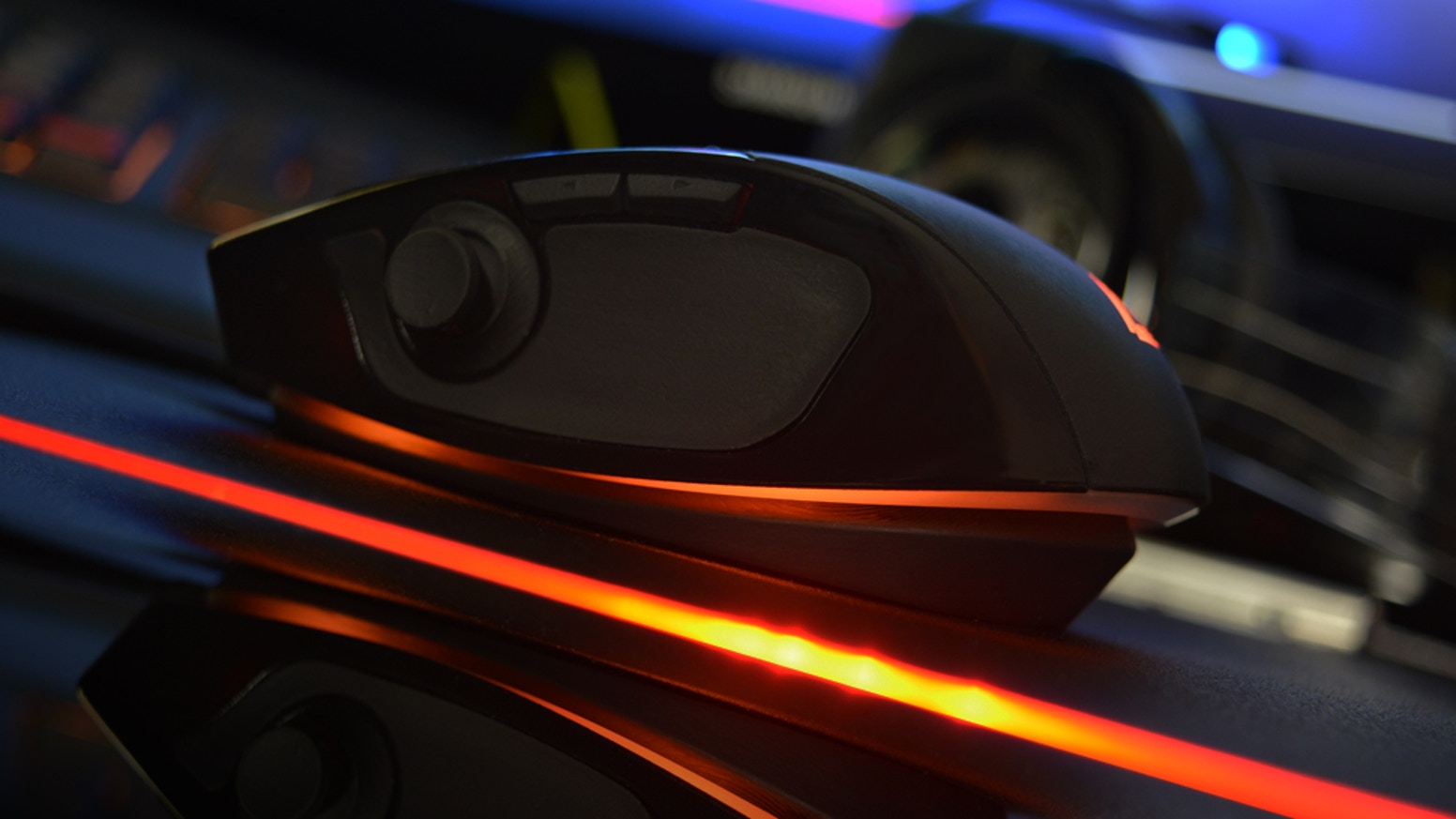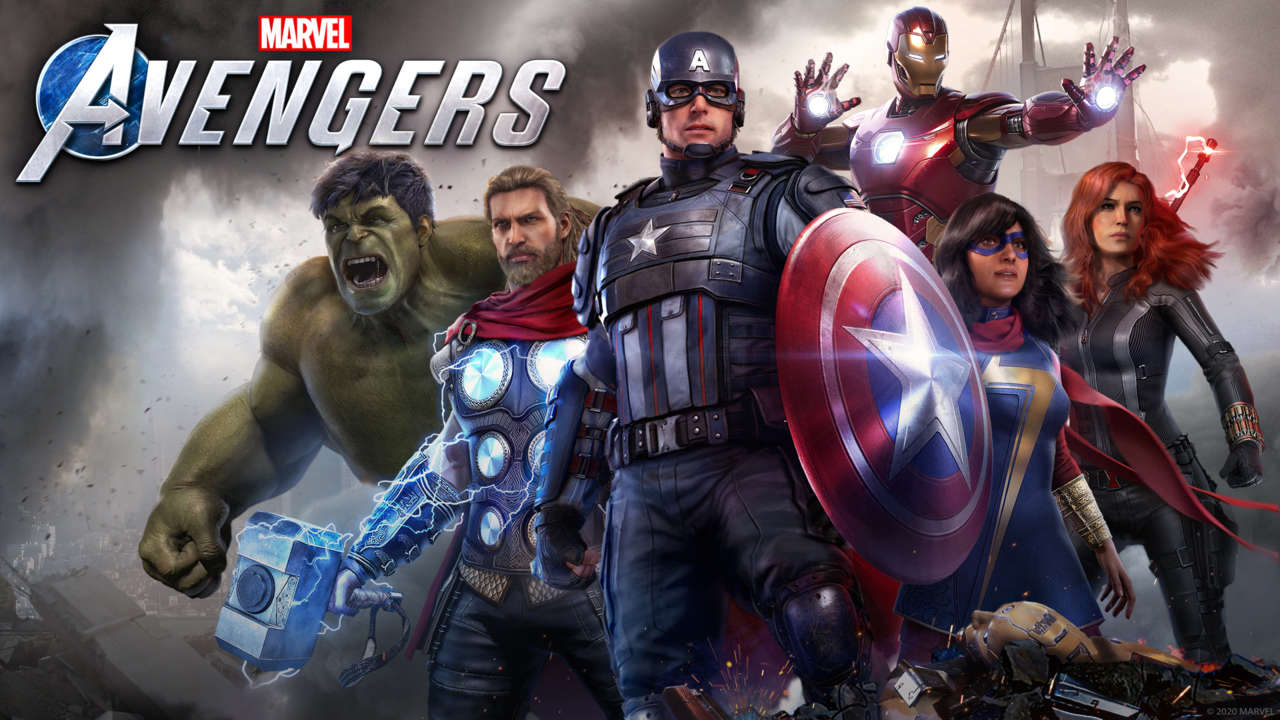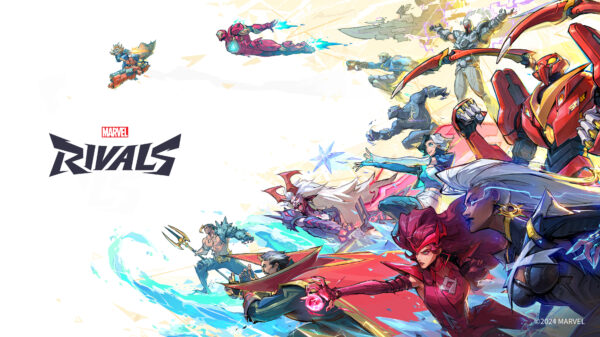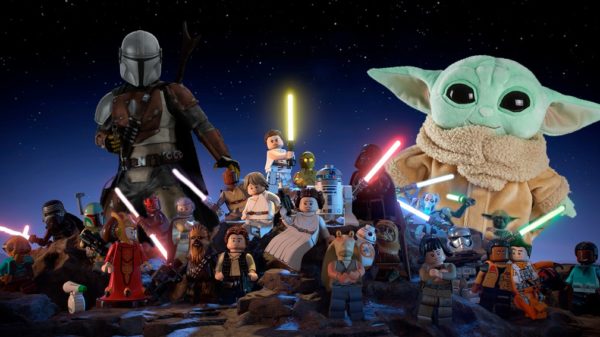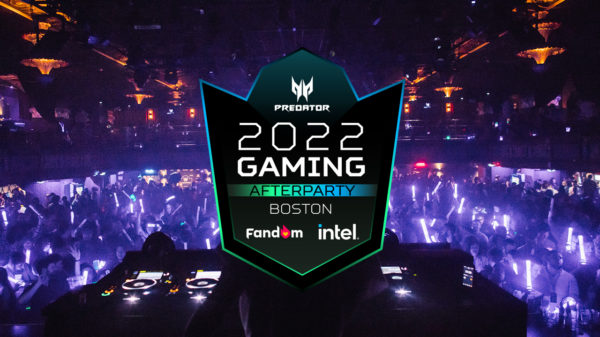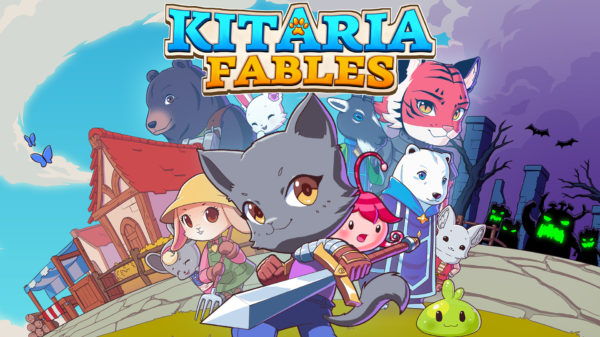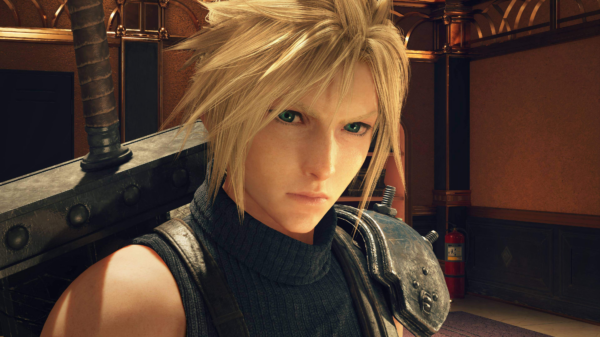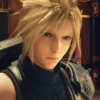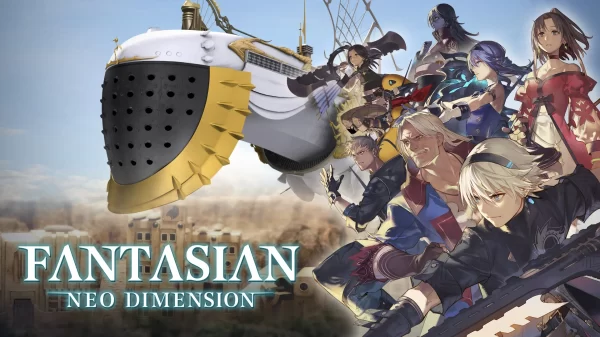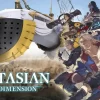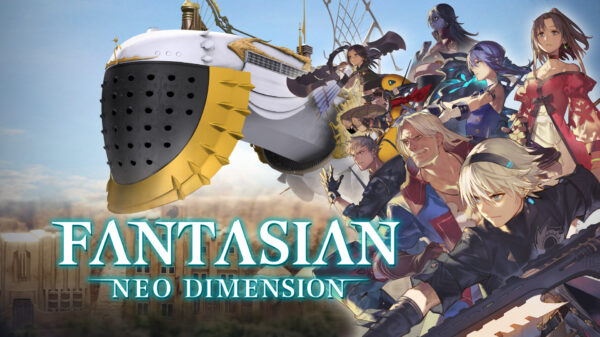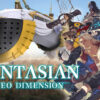MonsterVine had the opportunity to speak with Romancing SaGa 2 producer Shinichi Tatsuke about remaking the iconic RPG for modern audiences. Tatsuke-san spoke about his favorite of the generational protagonists, how the team translated the 2D sprites to 3D models, his experience working on the Trials of Mana remake, and more. Romancing SaGa 2 is set to release for the PlayStation 4, PlayStation 5, Nintendo Switch, and PC on October 24.
“Romancing SaGa 2, the hit RPG that sold more than 1 million copies upon its 1993 release in Japan, will return on Oct. 24 as the full HD remake Romancing SaGa 2: Revenge of the Seven,” reads the remake’s description. “Developed by the team behind Trials of Mana, this ground-up remake and standalone story will feature modern visuals, reworked strategic gameplay, and various other enhancements that will delight longtime SaGa fans and newcomers alike.”
You can also check out our two previews of the game, from PAX and more recently.
Spencer Legacy: What is it about Romancing SaGa 2 that made it the perfect game to benefit from being remade?
Shinichi Tatsuke: The reason why we thought Romancing SaGa 2 would be the perfect title to remake from the SaGa series was that, as you may already know, this title features multiple protagonists — it’s not just one. So first off, it starts with Leon, but then it gets on to Gerard. The narrative spans multiple generations of these characters and thousands of years. I thought that this core element of Romancing SaGa 2 was really unique back then, but I thought that this would still be considered unique today, too. If we kept these core components of the game and just refined the battles, the graphics, and the UI and remake those for the modern audiences, we felt that it would be a perfect title to deliver to the players as a remake.
This will be a lot of people’s first Romancing SaGa game or SaGa game in general. What makes this remake a good place for newcomers and series beginners to start with?
As you may know, the SaGa series has multiple smaller series such as the Romancing SaGa series. We also have the Saga Frontier series and the Game Boy SaGa titles. We’d often receive a lot of comments from our audiences saying, “I’m not quite sure where to start with the series.” We do feel that this remake, Romancing SaGa 2: Revenge of the Seven, is a perfect entry point for our players. The reason why is that, first and foremost, Romancing SaGa 2 has no narrative connections with other games or other SaGa entries. Players can just dive right into Romancing SaGa 2 and they won’t be lost. It doesn’t require any prior knowledge of the series or prior knowledge of the other SaGa games.
On top of that, a lot of the elements of this remake are modernized for modern players, such as the graphics and the gameplay. We made sure that it feels natural for our players. There are also the added difficulty options with this remake. There are three different difficulty options, so we have the normal difficulty for the standard average RPG players who are used to the genre, but we also have the casual difficulty option, which is tailored for people that just want to casually enjoy the game and experience the narrative of the story.
The generational approach to the story is so unique. Is it challenging to remake a game that takes place over so many years with so many different protagonists and characters?
To answer your question, the story spanning multiple generations and having multiple protagonists rather than just one protagonist is not something that we particularly felt was challenging, because this same core concept was utilized in the original installment, and we felt that it was already perfected back then. So we didn’t particularly feel any difficulties adapting that to our remake. The team’s goal was to … even though the story does span into multiple generations and players would play with multiple protagonists, we made sure that each of these protagonists had their own characteristics of their own individualities. But it still made sense for us to do so because, again, it was something that was already made with the original installment and we’re just carrying that over with this remake.
To add onto that, we had this big objective for the players — defeating the Seven Heroes and making their empire bigger. Those are two main objectives for the players. When we brought that over to the remake, we wanted to make sure players remember these two objectives. We wanted to make sure that they don’t forget it as they go on with the game, because the game spans multiple generations and multiple protagonists. We wanted to make sure that they don’t forget about this big goal that they have to achieve. So the methods that we took to achieve that was when players look at the menu, they would always see how many of the Seven Heroes that they defeated at that point. It’s visualized in the menu.
That’s one of the multiple adjustments that we did to make sure to keep the game more easier to understand and more intuitive for the remake. There’s also this system called the Imperial Chronicles that features various quests. That’s pretty common in RPGs these days — especially in open world games. This is another game system that we implemented for the remake. Everything is served as a reminder because of the player’s goals, because of this game and the narrative spanning into multiple generations and thousands of years.
Do you have a personal favorite protagonist, and what is it about them that you like so much?
I would have to say Gerard, even though all of these characters in our game are very good. [Laughs]. I had to pick Gerard because he’s the memorable one for me, a reason being that he’s actually the very first character that we worked on when we developed this game. And throughout development, Gerard was the one that I was playing as mostly. So he’s just a memorable character for me, and also interesting as a character.
The original Romancing SaGa 2 was 2D with sprites and pixels. What are some of the unique positives and maybe challenges that come with adapting that visual style to a modern 3D look?
There were some challenges in adapting the 2D pixel graphics to the modern 3D realistic graphic style. Some of them being the cutscenes. When we look at the original title having 2D pixel art, there’d be these text bubbles coming out of these 2D character sprites. But if we would take that as-is and bring it just over to a 3D realistic graphic style, it’s a little bit off-putting, because it’s just not natural when you take the take these things that made sense in a 2D graphic environment, in that particular graphic style, doesn’t always make sense in a 3D graphic style. So the text bubble being one of those examples — if we were to take that as-is into a 3D style players might feel that the dialogues are just kind of lacking, in a sense.
Like it’s lacking explanations. It needs to be added more for the player to make sense in their perspective. Because of that, we felt that when players played these 2D sprites or 2D sprite games, there were a lot of elements that they had to fill in the gaps in their minds to paint a whole picture because these 2D graphic styles are like a complete image of these characters in their mind. When bringing these 2D characters into a 3D environment, the movements are one of those areas where we’d have to add-on to these characters. We couldn’t just take these 2D pixel movements into a 3D environment. We would have to add it in and make sure that it makes sense in the 3D environment, just like the players back then did in their mind.
Moving onto the battle in the original installment, the system was that you’d have five party members and you would choose what kind of actions each of these party members would perform. Then, after you make those selections, that’s when they all start going into battle. If we were to just take this as-is into a 3D environment, you’d have these realistic looking characters awkwardly waiting in silence while the player is choosing the actions of each of these characters.
This is one of the examples where it just doesn’t make sense to bring a 2D style into the 3D environment. So in the remake, we changed up the battle system a bit so it’s a timeline system where you, the player, would choose the actions of each of these characters one-by-one. Once you select what kind of action you want that character to put in that, then they’ll instantly do so, so it’s more reactive for them. That’s one of the areas that we worked on in order for the 3D graphics to make sense in the modern age.
Speaking of battles, I really love the Glimmer system and how refined it feels. What are your thoughts on the Glimmer system and how it’s managed to stay so unique for all this time?
As you mentioned, Glimmer is indeed like a unique system for the SaGa series. Our thought is that rather than having a traditional RPG system where players would go through a scale board and unlock these skills one-by-one, it’d be more fun if they just unlock these new moves during battle unexpectedly. I think you already know this since you already played a preview version, but in the original version, the Glimmer system itself was a bit more hidden. So even if players do learn these new moves, it didn’t necessarily tell the players what they’re going to learn next, but in this remake, we made that a little bit easier to understand for the players.
So if you go to the commands, the players will get to see a lightbulb symbol next to it, so that displays what the character is going to learn next. Separate from that, there’s also a menu that contains a list of how these skills are going to develop eventually. So that’s another one of these elements that we worked on to make sure the remake is more intuitive for the modern audiences. There’s also another feature that we made specifically for the boss battles. So during Boss Battles, characters are more likely to learn through the Glimmer system, which makes it easier for the players to turn the tide — even in tough battles, it gives them a chance to win the battle with the boss.
Yeah, it’s very exciting. Every time I got a glimmer, it was a a big rush. You’ve worked on other RPGs, including the remake of Trials of Mana, so I’m curious — was the process of remaking Romancing SaGa 2 similar to or made easier by that past experience with remaking Trials of Mana? Or were there still a lot of new things to learn experience?
There are certainly some areas that were made easier because of my experience with the prior titles such as the Trials of Mana remake. Since I was able to work on that, I’ve had the experience of working on remaking older titles — namely, titles that were originally released on the Super Famicom. Because of that, I was able to carry over that knowledge and experience with the remake of Romancing SaGa 2 as well. One part of that being was the music that was made for Trials of Mana. The approach that we took for the remake was that we presented two different options for the players to choose for the music.
We had the option of the original music and the remake music that was newly arranged or newly composed for the remake title. So this system was very well-regarded from our players. So we felt that this was something that we can just directly adapt into the Romancing SaGa 2 remake as well. We have a similar system implemented for, Revenge of the Seven. In terms of the arrangements of this music, again, that’s something that we were able to utilize our know-how, the knowledge and experience. So we learned, because of our experience with Trials of Mana, we’ve learned that players generally do not like to have the music be too different or too distinct from the original tracks.
So we tried to stay faithful to the original arrangements as much as possible, because another thing to consider was that, back then, in the original Super Famicom installment, because of the platform limitations, there were some things that they were able to technologically achieve, and areas where they weren’t able to so. But because we’re really remaking for the modern consoles, there are more things that we can do now because of the technological advancement. That’s something that we took advantage of as well. Those are some of the examples that worked well in our favor, because of our experiences with working on the prior remake.
Then there are parts that we kind of had to figure out newly with this remake — parts that didn’t really involve our prior experience with the other remake titles. So part of that being in the Trials of Mana remake, the height of these characters was a bit more on the shorter side because we wanted to pursue a graphic style that was a bit more on the cute or adorable side. But for SaGa, we can’t really adopt that similar style. So that’s something that we had to adjust. That’s something that we have to adjust and not carry over the same exact scales or techniques that we utilized in the Trials of Mana remake. The characters are a bit taller in this one compared to the Trials of Mana remake. So that’s part one of the examples. If we look at the environments or the background in the Trials of Mana remake, we looked at the texture to add shadow effects in that one.
But for Revenge of the Seven, we didn’t really take that approach. We switched things up a bit again, because it also deals with how the tone of these worlds are different. Trials of Mana is more leaning onto the adorable side where SaGa is going to be a bit more of a serious, heavier tone. So in Revenge of the Seven, we looked at the texture to add the lighting to add the shadow effects and not the texture like we did for Trials of Mana. But doing so also gave us a positive effect. We utilized the Unreal Engine to produce the shadows through the lighting. This actually made the development a lot easier and smoother and efficient for us, because it didn’t put too much pressure on the hardware as well. From a technological perspective, it made things easier for us. These are kind of the examples that we had to figure out on our own, so it’s not something that we were able to just carry over from our experience of developing the Trials of Mana remake, but still worked out in our favor in the end.

